How to Create Your Own Backyard Orchard
Creating your own backyard orchard is not just a delightful hobby; it’s a rewarding journey that connects you with nature and provides fresh, delicious fruit right at your doorstep. Imagine stepping outside to pick ripe apples, juicy pears, or sweet cherries, all grown with your own hands. This article will guide you through the essential steps and considerations for establishing a fruitful orchard, ensuring you get the most out of your efforts. From site selection to choosing the right tree varieties, and from soil health to harvesting tips, you’ll learn everything you need to know to cultivate a thriving backyard orchard.
Choosing the perfect location for your orchard is crucial for the health and productivity of your trees. Factors like sunlight, drainage, and proximity to water sources can significantly impact growth and fruit production. Ideally, fruit trees require at least six hours of direct sunlight daily, so look for a spot that basks in the sun. Additionally, good drainage is vital; trees planted in waterlogged areas can suffer from root rot. A gentle slope can aid in drainage, while low-lying areas may collect excess water.
Proximity to water sources is another consideration. Trees need consistent moisture, especially during dry spells, so having a nearby water source can make irrigation easier. Consider the layout of your yard and how the sun moves across it throughout the day to find that sweet spot for your orchard.
Understanding which fruit trees thrive in your climate is essential for a successful orchard. Factors like local climate, soil type, and hardiness zones dictate which varieties will flourish. Popular choices for backyard orchards include apple, pear, peach, and cherry trees, but the best selection will depend on your specific conditions. Take the time to research the varieties that not only grow well in your region but also suit your taste preferences.
Your local climate plays a significant role in determining which fruit trees will thrive in your backyard. For instance, if you live in a region with harsh winters, you’ll want to select cold-hardy varieties. Conversely, in warmer areas, you might choose trees that flourish in heat. Understanding the temperature, humidity, and seasonal changes in your area will empower you to make informed decisions about tree selection and care.
Hardiness zones provide a guideline for selecting suitable trees based on winter temperatures. The United States Department of Agriculture (USDA) has designated hardiness zones that range from 1 (coldest) to 13 (warmest). To find your zone, you can refer to the USDA hardiness zone map. This information is crucial as it helps you choose trees that can withstand the coldest temperatures in your area, ensuring they survive and thrive.
Microclimates are small areas within your yard that have distinct environmental conditions. These could be spots that receive more sunlight, are sheltered from wind, or have different moisture levels. Identifying and utilizing these microclimates can enhance the health and yield of your fruit trees. For example, a south-facing wall may create a warmer microclimate that is ideal for growing certain varieties that wouldn’t thrive in cooler areas of your yard.
Companion planting can significantly improve tree health and yield. By strategically planting certain flowers and herbs alongside your fruit trees, you can naturally deter pests and enhance soil quality. For instance, planting marigolds can repel nematodes, while herbs like basil and mint can attract beneficial insects that prey on harmful pests. This natural approach not only boosts your orchard's productivity but also creates a vibrant ecosystem in your backyard.
Healthy soil is the foundation of a thriving orchard. Before planting, it’s essential to assess and prepare your soil to ensure it is rich in nutrients and has the right pH balance for fruit trees. Conducting a soil test can help you understand the nutrient content and pH levels of your soil, guiding you on necessary amendments. Organic soil amendments, such as compost or well-rotted manure, can improve fertility and structure, promoting healthy root development.
Testing soil quality is a vital step before planting your orchard. You can use a home testing kit or send samples to a local extension service for analysis. Look for key indicators like pH levels, nitrogen, phosphorus, and potassium content. Understanding these elements will help you make informed decisions about soil amendments and ensure your trees have the nutrients they need to flourish.
Incorporating organic amendments into your soil can significantly enhance its fertility. Some effective organic materials include compost, aged manure, and leaf mold. These amendments not only provide essential nutrients but also improve soil structure and moisture retention. Regularly adding organic matter will create a thriving environment for your fruit trees, leading to better growth and higher yields.
Proper watering is vital for fruit tree development. Different trees have varying water needs, so understanding these requirements is key to successful cultivation. Implementing efficient irrigation methods, such as drip irrigation, can conserve water while ensuring your trees receive adequate moisture. Drip systems deliver water directly to the root zone, reducing evaporation and runoff, which is particularly beneficial in drier climates.
Drip irrigation is an efficient way to water your orchard. Setting up a drip system can be straightforward, and the benefits are substantial. It promotes healthier tree growth by delivering moisture directly to the roots, minimizes weed growth by reducing surface moisture, and conserves water by targeting only the areas that need it. This method not only saves you time and effort but also ensures your trees thrive.
Collecting rainwater is a sustainable way to irrigate your orchard. By installing rain barrels or a rainwater collection system, you can capture and store rainwater for later use. This technique not only reduces your water bill but also provides your trees with natural, chemical-free moisture. It’s an eco-friendly practice that contributes to a healthier environment while ensuring your orchard remains well-hydrated.
Regular pruning and maintenance are essential for tree health and productivity. Pruning helps shape the tree, remove dead or diseased branches, and promote airflow, reducing the risk of disease. Understanding the best practices for pruning different types of fruit trees will help you maximize their growth and fruiting potential. Seasonal care, including mulching and fertilizing, will keep your orchard thriving.
Knowing the right time and techniques for pruning is crucial. Generally, late winter or early spring, before new growth begins, is the best time to prune most fruit trees. Use sharp, clean tools to make precise cuts, and remove any crossing branches to improve airflow. Each type of tree has its own specific pruning needs, so be sure to research the best practices for the varieties you choose.
Managing pests and diseases is vital for a successful orchard. Common issues include aphids, fruit flies, and fungal infections. Prevention strategies, such as maintaining healthy soil, practicing good sanitation, and using organic pest control methods, can help protect your trees. Regular monitoring and prompt action at the first sign of trouble will keep your orchard healthy and productive.
Successfully harvesting your fruit is the final step in the orchard journey. Knowing when to harvest is crucial for optimal flavor and quality. Each fruit type has its own signs of ripeness, so take the time to learn these indicators. Once harvested, proper storage is essential to prolong freshness. Enjoying your homegrown produce can be as simple as eating it fresh, or you can explore various preservation methods to savor the flavors year-round.
Identifying when fruit is ripe is essential for optimal flavor. For example, apples should have a firm texture and vibrant color, while peaches should yield slightly to pressure. Learning the specific signs for each fruit type in your orchard will ensure you harvest at the perfect time for the best taste.
Preserving your fruit allows you to enjoy it year-round. Methods like canning, freezing, and drying can help minimize waste and maximize enjoyment. Consider making jams, jellies, or fruit leather to savor the flavors of your orchard even when the growing season ends. This way, you can share your bounty with friends and family, creating lasting memories around the table.
Q: How long does it take for fruit trees to bear fruit?
A: Most fruit trees take 3 to 5 years to start producing fruit, but this can vary based on the type of tree and growing conditions.
Q: Can I grow fruit trees in pots?
A: Yes, many fruit trees can be grown in pots. Just ensure the pot is large enough and provides good drainage.
Q: What should I do if my trees are not producing fruit?
A: Check for issues like improper pruning, lack of pollination, or nutrient deficiencies. Sometimes, simply giving the tree more time can also help.
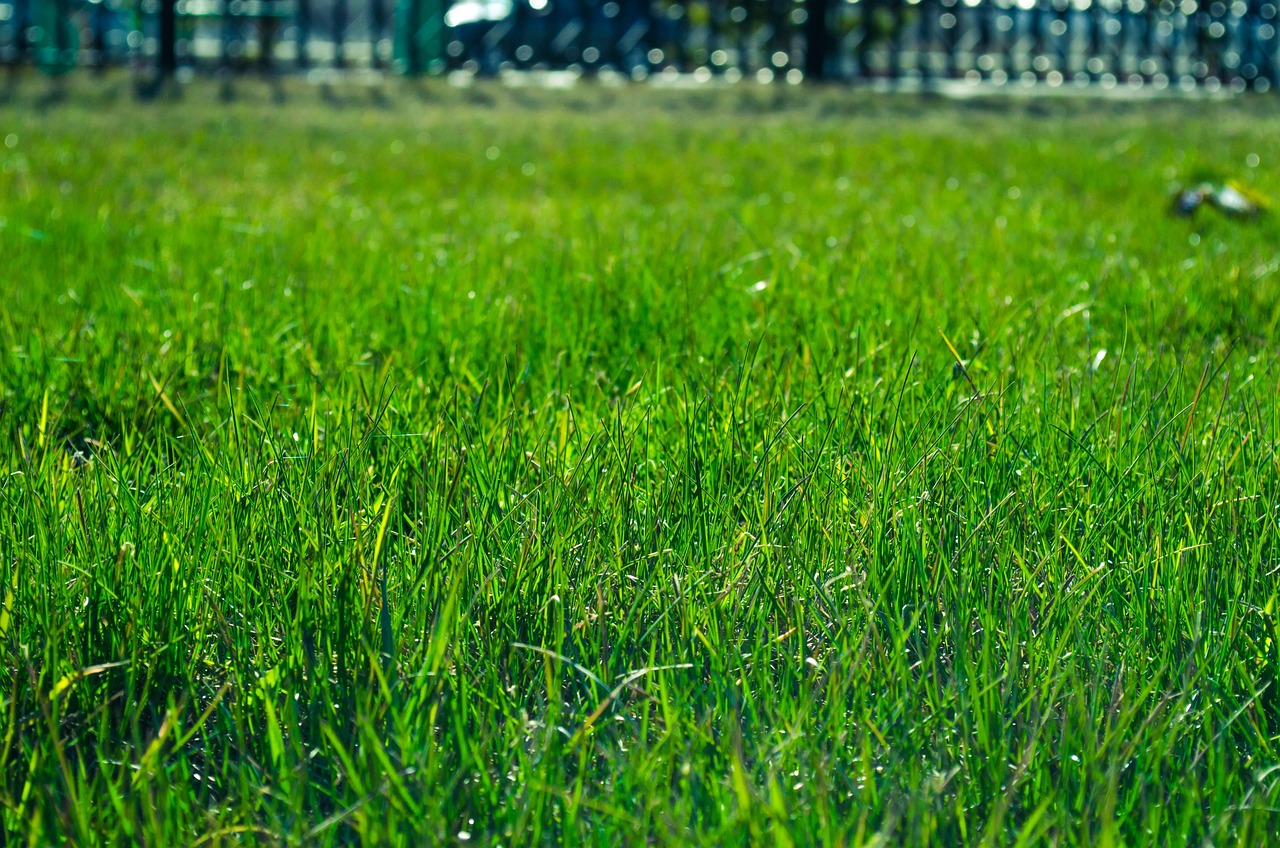
Choosing the Right Location
When it comes to establishing a fruitful backyard orchard, the location you choose is absolutely vital. Think of your orchard as a living entity; just like humans need the right environment to thrive, so do fruit trees. A well-chosen site can mean the difference between a bountiful harvest and a disappointing yield. So, what should you consider when selecting the perfect spot for your trees?
First and foremost, sunlight is a key player. Most fruit trees require at least six to eight hours of direct sunlight each day to produce juicy, delicious fruit. If your yard has shady spots, take note of them and ensure that your chosen trees will have ample access to sunlight. You might even want to track the sun's path over your yard throughout the day to identify the sunniest areas.
Next up is drainage. Poor drainage can lead to waterlogged soil, which is a recipe for disaster. Fruit trees thrive in well-drained soil because they need oxygen to their roots. If your yard tends to retain water, consider raising the planting area or creating mounds to improve drainage. You can also conduct a simple test: dig a hole about a foot deep and fill it with water. If it drains within a few hours, you’re in good shape; if not, you may need to reconsider your location.
Another important factor is the proximity to water sources. Trees need consistent moisture, especially during their early years. If you have a natural water source nearby, such as a pond or stream, that's a bonus! However, if not, think about how you’ll provide water to your trees during dry spells. Setting up a drip irrigation system or planning for rainwater harvesting can be excellent solutions to ensure your trees remain hydrated.
Lastly, consider the wind exposure. Strong winds can damage young trees and hinder their growth. If your yard is particularly windy, think about planting a natural windbreak, such as a row of shrubs or taller trees, to protect your precious orchard from harsh gusts. Not only will this help your trees grow stronger, but it will also create a more stable microclimate for your fruit trees.
In summary, when choosing the right location for your backyard orchard, keep these factors in mind:
- Sunlight: Ensure at least 6-8 hours of direct sunlight.
- Drainage: Look for well-drained soil to prevent root rot.
- Water Sources: Plan for consistent watering, especially in dry seasons.
- Wind Protection: Consider natural barriers to shield your trees.
By carefully selecting your orchard's location, you set the stage for a thriving garden that yields a delicious bounty year after year. Remember, the right spot is not just about aesthetics; it’s about creating an environment where your trees can flourish and produce the best fruit possible!
Q1: How much sunlight do fruit trees need?
A1: Most fruit trees require at least 6 to 8 hours of direct sunlight daily for optimal growth and fruit production.
Q2: What if my soil doesn't drain well?
A2: If your soil retains water, consider raising the planting area or creating mounds to improve drainage. You can also plant on slopes or use containers.
Q3: How can I protect my trees from strong winds?
A3: Planting a natural windbreak, such as a row of shrubs or taller trees, can help shield your orchard from strong gusts.
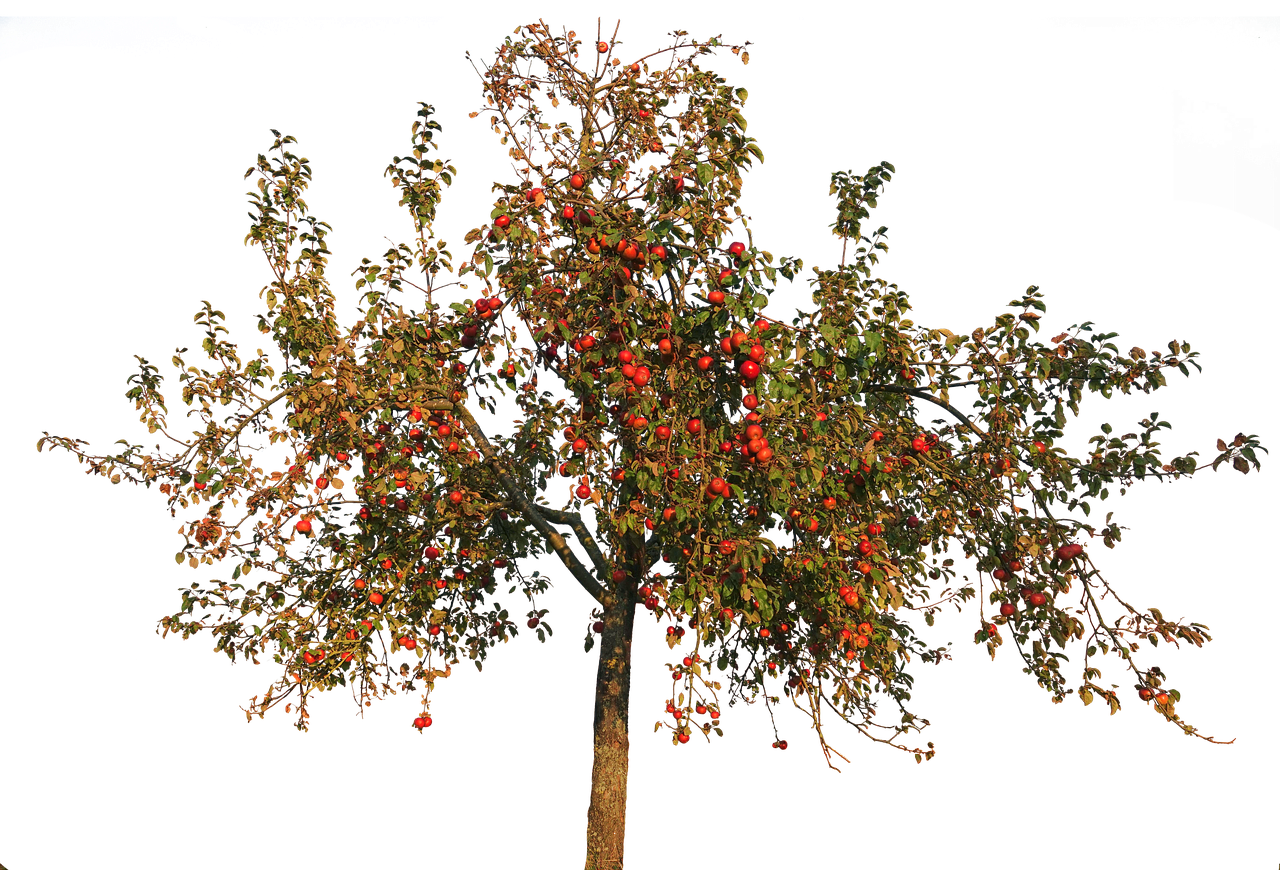
Picking the Best Tree Varieties
Choosing the right tree varieties for your backyard orchard is not just about picking your favorite fruits; it’s about understanding what will thrive in your specific environment. Each fruit tree has its own unique set of requirements and characteristics, and knowing these can make or break your orchard dream. So, how do you go about selecting the best trees? Well, it starts with a little research and a lot of consideration for your local climate.
First off, it's essential to recognize that not all trees are created equal when it comes to growing conditions. Factors such as soil type, sunlight exposure, and even the surrounding flora can influence which trees will flourish in your yard. For instance, if you live in a region with harsh winters, you might want to consider varieties that are known for their hardiness. Some popular options include:
- Apple Trees: These are versatile and can adapt to various climates. Varieties like Honeycrisp and Fuji are favorites.
- Peach Trees: These require a bit more warmth but are well worth it for their juicy fruit.
- Cherry Trees: Sweet or sour, cherry trees can be a beautiful addition to any orchard.
But it’s not just about picking fruit types. You should also consider the growth habits of the trees you choose. Some trees grow tall and need ample space, while others are more compact and can fit snugly into smaller areas. For instance, if you’re short on space, consider dwarf varieties, which produce full-sized fruit but take up less room. Imagine a small apple tree that only reaches your waist but still offers delicious, crisp apples!
Now, let’s dive deeper into how your local climate affects your choices. The temperature, humidity, and seasonal changes in your area play a vital role in determining which trees will thrive. For example, if you live in a warmer climate, you might have the luxury of planting citrus trees like oranges or lemons, which require longer growing seasons. On the flip side, if your winters are particularly cold, you’ll want to focus on varieties that can withstand frost.
One of the best ways to understand what trees will do well in your area is to look up your hardiness zone. The USDA Plant Hardiness Zone Map is a fantastic resource that divides regions based on their average annual minimum winter temperature. By knowing your zone, you can easily find a list of trees that are likely to thrive in your backyard. For instance, if you’re in Zone 5, you might consider:
| Tree Variety | Hardiness Zone |
|---|---|
| Apple | 3-8 |
| Peach | 5-8 |
| Cherry | 4-7 |
Don’t forget about microclimates! These are small areas within your yard that can have different growing conditions compared to the rest of your property. For example, a spot near a south-facing wall may be warmer and more sheltered, making it an ideal location for a more delicate variety. Observing your yard throughout the seasons can help you identify these unique areas. By strategically placing your trees, you can maximize their growth potential and overall yield.
In conclusion, picking the best tree varieties for your backyard orchard is a mix of art and science. By understanding your local climate, hardiness zones, and the specific needs of each tree, you can create a thriving fruit-producing paradise right in your backyard. Remember, the journey of establishing your orchard is just as rewarding as the fruits it will bear, so take your time and enjoy the process!
Q: How do I know which fruit trees will grow well in my area?
A: Research your local climate, check the USDA Hardiness Zone Map, and consult with local nurseries for recommendations.
Q: Can I grow multiple types of fruit trees together?
A: Yes, many fruit trees can coexist, but it’s important to consider their space, sunlight, and water requirements.
Q: What is the best time to plant fruit trees?
A: Generally, the best time to plant fruit trees is in early spring or fall, when the weather is mild.
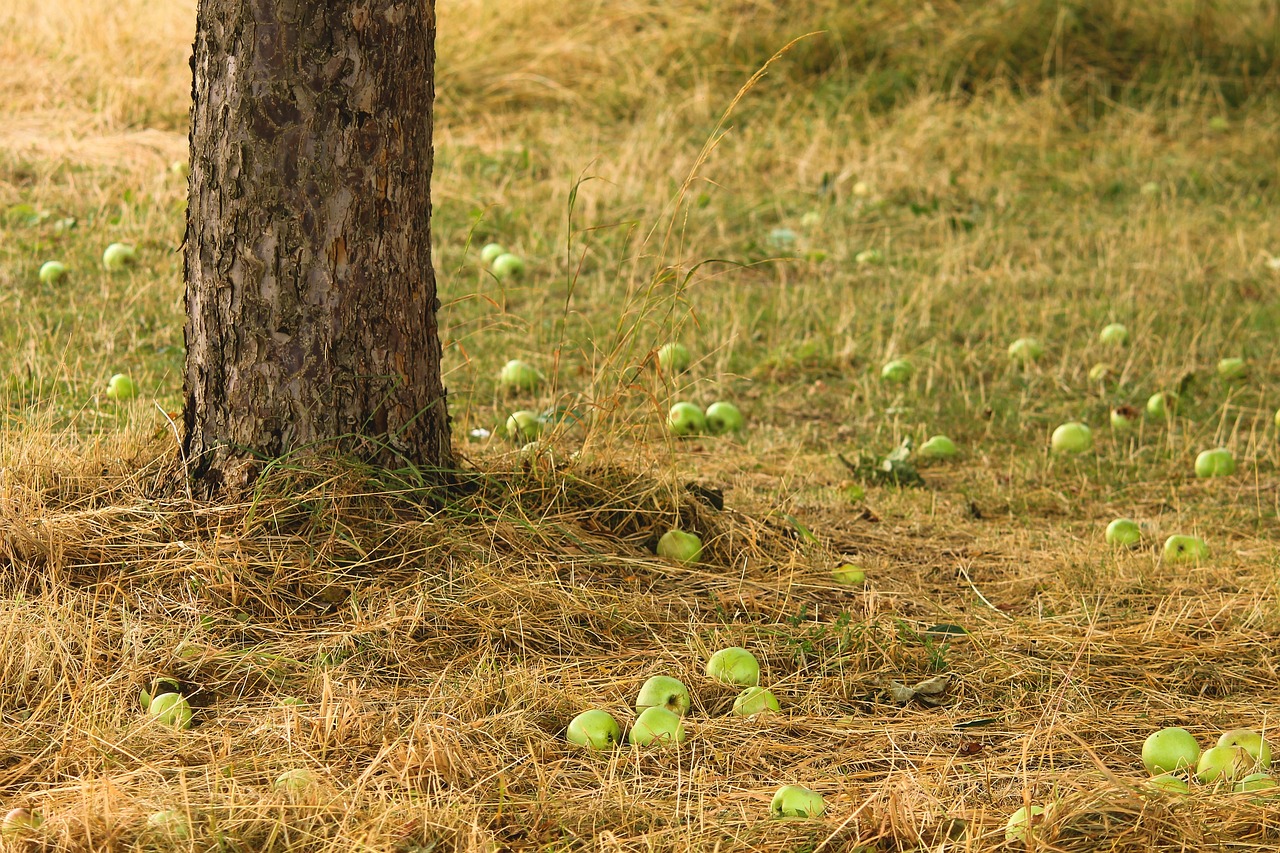
Understanding Local Climate
When it comes to establishing a backyard orchard, understanding your local climate is like having the secret map to a treasure chest filled with ripe, juicy fruit. Each fruit tree has its own unique preferences, and knowing these can make or break your orchard dreams. For instance, some trees thrive in warm, sunny conditions, while others may prefer cooler, shaded areas. But how do you figure out what works best for your space?
The first step is to observe the temperature patterns in your area throughout the year. Are the winters harsh, or do you enjoy mild temperatures? The humidity levels also play a significant role; some trees require a bit more moisture in the air, while others might wilt under excessive humidity. Seasonal changes can bring about drastic shifts in conditions, affecting not only the trees' growth but also their fruiting cycles.
To help you navigate the complexities of local climate, consider the following factors:
- Temperature Ranges: Know your average lows and highs, especially during the growing season.
- Frost Dates: Understanding the last frost date in spring and the first frost in fall can help you choose the right planting times.
- Rainfall Patterns: Is your area prone to drought, or does it receive ample rainfall? This will influence your irrigation strategies.
- Sunlight Exposure: Observe how many hours of sunlight your chosen planting area gets each day.
Additionally, it's crucial to pay attention to microclimates within your yard. These are small areas that may have different climate conditions than the surrounding environment. For example, a spot near a wall might retain heat better, making it ideal for growing heat-loving varieties. On the other hand, a shaded area under a large tree might be perfect for those that prefer cooler conditions.
In summary, understanding your local climate isn't just a good idea—it's essential for the success of your orchard. By taking the time to assess temperature, humidity, and seasonal changes, you can make informed decisions about which fruit trees to plant. Remember, the right tree in the right spot can lead to a bountiful harvest, while the wrong choice could leave you with nothing but a bare branch.
Here are some common questions about understanding local climate for your backyard orchard:
- How can I find out my local hardiness zone? You can check the USDA Plant Hardiness Zone Map online, which provides detailed information based on your zip code.
- What are some good fruit trees for a temperate climate? Apple, pear, and cherry trees are excellent choices for temperate zones.
- How can I create a microclimate in my yard? You can create microclimates by adding structures like walls, fences, or even planting taller trees that provide shade.
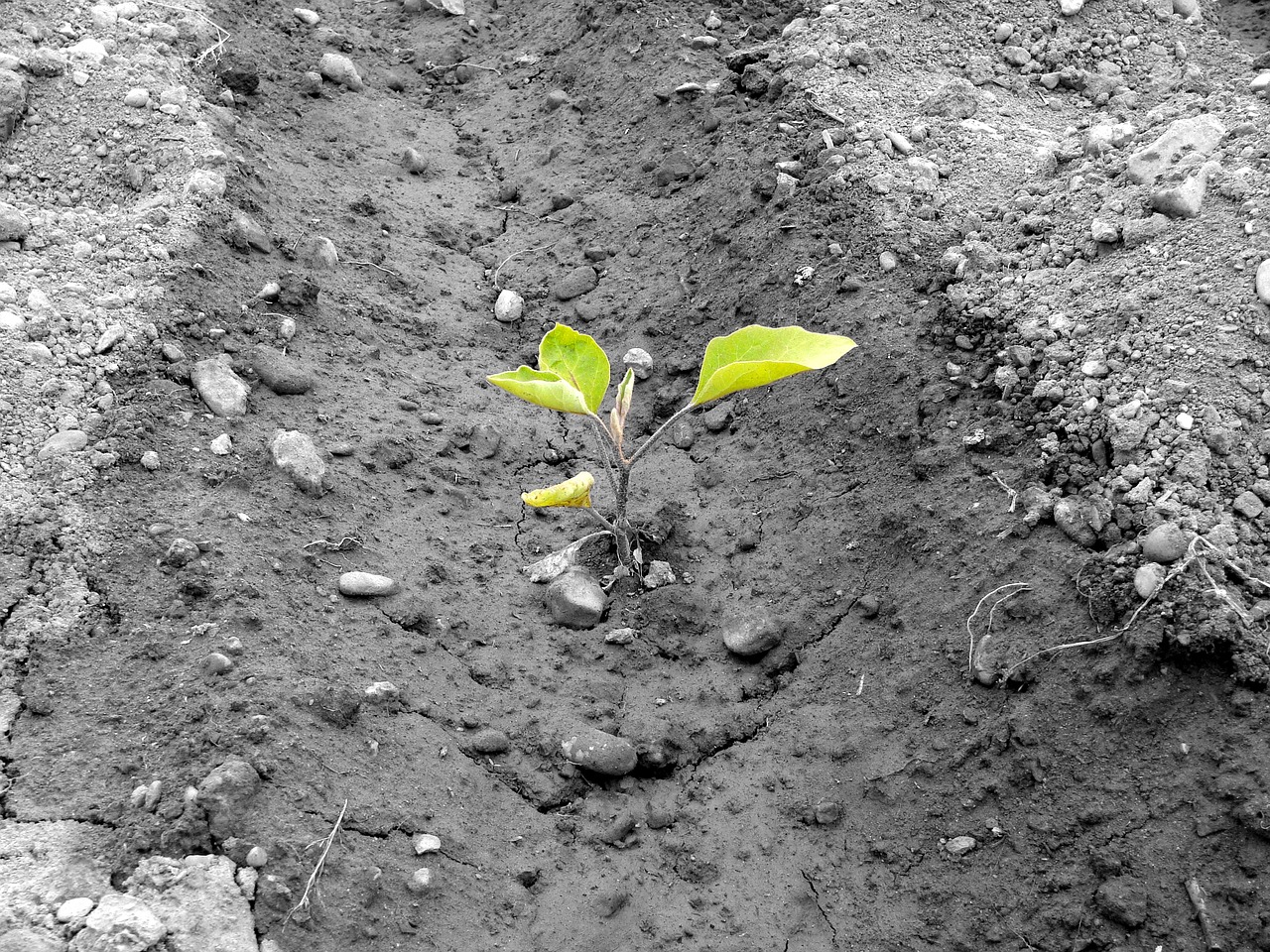
Hardiness Zones Explained
The concept of hardiness zones is essential for anyone looking to establish a successful backyard orchard. These zones, determined by the average minimum winter temperatures, provide a framework for understanding which plants can thrive in your specific location. The USDA Plant Hardiness Zone Map is a widely used resource that divides the United States into 13 zones, each representing a 10°F temperature range. This means that a tree that flourishes in Zone 5 may struggle to survive in Zone 7 due to the difference in temperature extremes.
To find your hardiness zone, you can simply visit the USDA website and enter your zip code. This will help you identify the zone that corresponds to your area. Knowing your hardiness zone is crucial because it dictates not only which fruit trees will survive but also how well they will produce fruit. For instance, trees like apples and pears tend to do well in cooler zones, while citrus trees thrive in warmer climates.
It's important to remember that hardiness zones are not the only factor to consider. Microclimates, which are small areas that have different climatic conditions from the surrounding areas, can also impact tree health. For example, a south-facing slope may receive more sunlight and warmth, allowing plants to thrive even if they are technically outside their hardiness zone. Therefore, understanding both your hardiness zone and the microclimates in your yard can significantly enhance your orchard's success.
Here’s a simple overview of the hardiness zones:
| Zone | Average Minimum Temperature (°F) | Common Fruit Trees |
|---|---|---|
| Zone 3 | -40 to -30 | Apple, Cherry |
| Zone 4 | -30 to -20 | Plum, Pear |
| Zone 5 | -20 to -10 | Peach, Apricot |
| Zone 6 | -10 to 0 | Fig, Pomegranate |
| Zone 7 | 0 to 10 | Citrus, Olive |
By understanding hardiness zones, you can make informed decisions about which trees to plant in your orchard. This knowledge not only saves you time and effort but also increases your chances of reaping a bountiful harvest. Remember, planting trees suited to your zone means healthier trees and more delicious fruits, so take the time to research and plan accordingly!
- What are hardiness zones?
Hardiness zones are geographic areas defined by their average minimum winter temperatures, helping gardeners choose plants that will thrive in their climate. - How do I find my hardiness zone?
You can find your hardiness zone by using the USDA Plant Hardiness Zone Map available on their website, where you can enter your zip code for precise information. - Can I grow trees outside of my hardiness zone?
While it’s possible to grow some trees outside their recommended hardiness zone, it may require special care, such as providing additional warmth or protection during colder months.
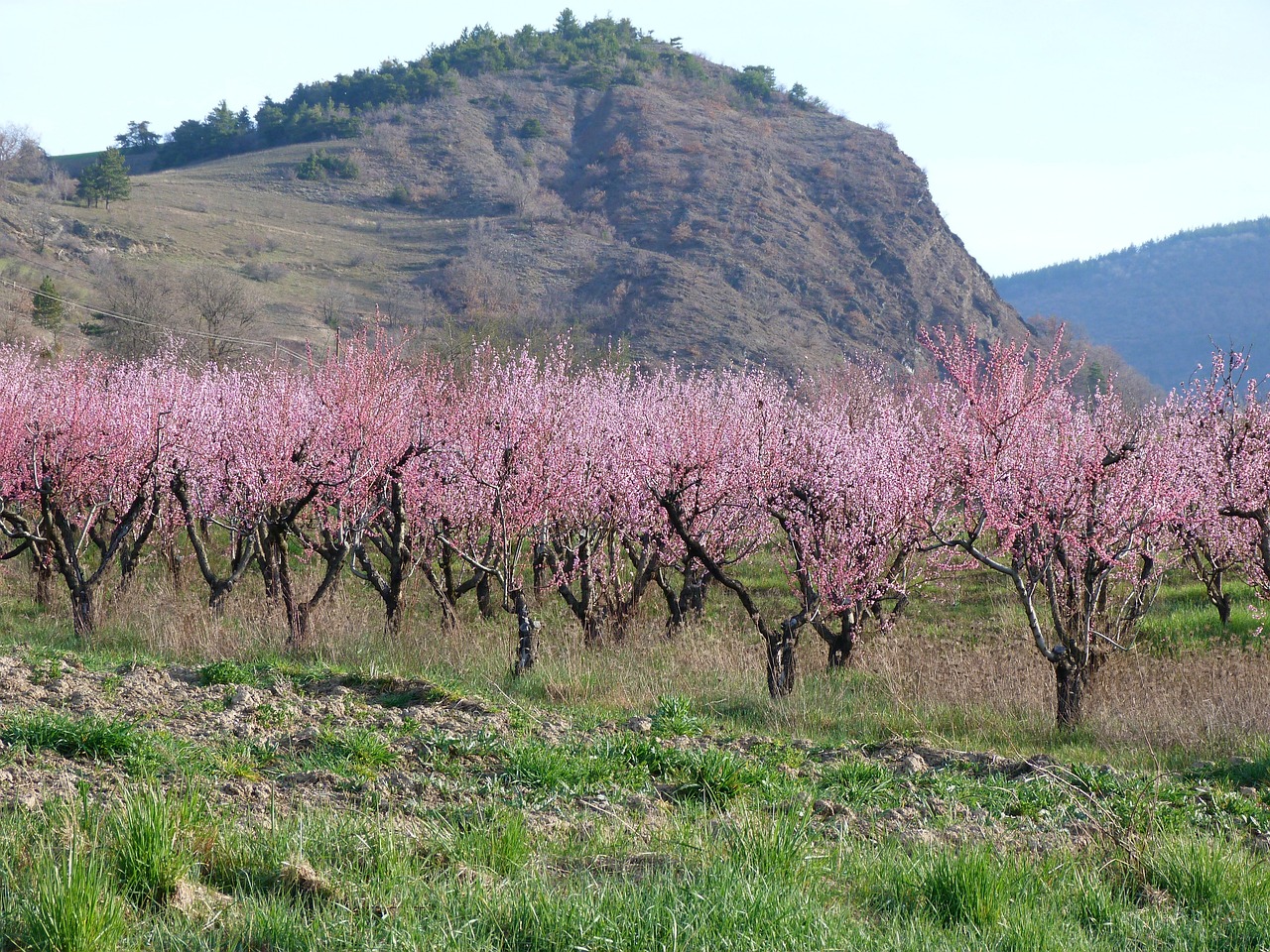
Microclimates in Your Yard
When it comes to creating your own backyard orchard, understanding microclimates is like having a secret weapon in your gardening arsenal. A microclimate is a small area within your yard that has different climatic conditions compared to the surrounding areas. These variations can be influenced by factors such as topography, proximity to structures, and even the presence of water bodies. For instance, a south-facing slope may receive more sunlight and warmth, creating a perfect environment for fruit trees that thrive in warmer conditions.
To make the most of the unique microclimates in your yard, start by observing different areas throughout the day. Notice where the sun hits the hardest, where shade lingers, and where the wind tends to be calmer. You might find that one corner of your yard is a sun-soaked haven, perfect for heat-loving fruits like peaches and figs, while another area remains cooler and more sheltered, ideal for apples or cherries.
Here are some common factors that contribute to microclimates in your yard:
- Elevation: Higher areas may be cooler and receive more wind, while lower areas can trap heat.
- Shade from Trees or Structures: Nearby trees or buildings can create shaded spots that are cooler.
- Water Bodies: Ponds or pools can moderate temperatures, keeping nearby areas cooler in summer and warmer in winter.
- Soil Type: Different soil types can retain moisture differently, affecting the local humidity levels.
Once you identify these microclimates, you can strategically plant your fruit trees based on their specific needs. For example, if you have a sunny spot that bakes in the afternoon sun, consider planting heat-loving trees like citrus. Conversely, in a cooler, shaded area, you might opt for trees that prefer less direct sunlight, such as plums or kiwis.
Additionally, creating windbreaks using shrubs or fences can help protect sensitive trees from harsh winds, which can be particularly beneficial in more exposed areas. Similarly, using mulch around your trees can help retain moisture and regulate soil temperature, making your microclimates even more effective for fruit production.
In conclusion, by recognizing and utilizing the microclimates in your yard, you can enhance the health and productivity of your fruit trees. This attention to detail not only maximizes your orchard's potential but also transforms your gardening experience into a more rewarding and fruitful endeavor.
Q: What is a microclimate?
A: A microclimate is a small area with climatic conditions that differ from the surrounding environment, often influenced by factors such as elevation, shade, and proximity to water.
Q: How can I identify microclimates in my yard?
A: Observe your yard throughout the day to notice variations in sunlight, shade, and wind exposure. Take note of areas that feel warmer or cooler than others.
Q: Can I plant different fruit trees in various microclimates?
A: Absolutely! Different microclimates can support different types of fruit trees based on their specific sunlight and temperature needs.
Q: How do microclimates affect fruit tree growth?
A: Microclimates can impact the amount of sunlight, moisture, and temperature that fruit trees receive, ultimately influencing their health and productivity.
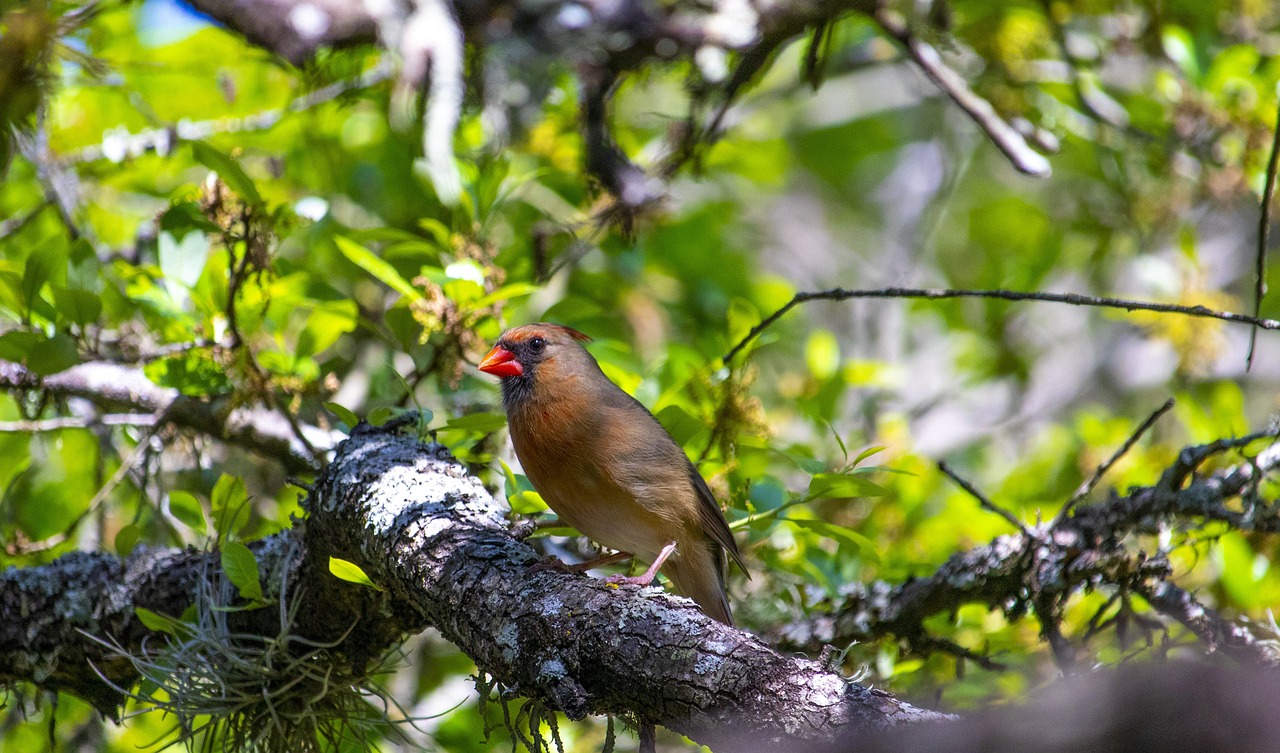
Companion Planting Strategies
Companion planting is not just a trendy gardening technique; it’s a time-tested method that can significantly enhance the health and productivity of your backyard orchard. By strategically placing certain plants together, you can create a harmonious ecosystem where each plant supports the others. Imagine your orchard as a community, where everyone plays a role in making the environment better for all. This can lead to healthier trees, increased yields, and even natural pest control!
One of the key benefits of companion planting is its ability to deter pests. For instance, planting marigolds alongside your fruit trees can help repel nematodes and other harmful insects. Similarly, garlic is known for its pest-repelling properties and can be effectively planted near fruit trees to ward off aphids and other pests. Not only do these plants serve as natural deterrents, but they also contribute to the overall biodiversity of your orchard, which is crucial for a balanced ecosystem.
In addition to pest control, certain plants can improve soil quality and nutrient availability. For example, legumes like clover and beans have the unique ability to fix nitrogen in the soil, making it readily available for your fruit trees. This is particularly beneficial if your soil is lacking in nutrients. By incorporating these plants into your orchard, you can create a more nutrient-rich environment that promotes optimal growth.
Another important aspect of companion planting is the concept of allelopathy, where certain plants release chemicals that can inhibit the growth of nearby weeds or pests. For instance, the presence of rue can deter certain insects while also suppressing weed growth, allowing your fruit trees to thrive without competition. Understanding these interactions can help you design a more efficient and productive orchard.
To help you visualize the best companion plants for your orchard, consider the following table that outlines some beneficial pairings:
| Fruit Tree | Companion Plant | Benefit |
|---|---|---|
| Apple | Chives | Deters aphids and improves soil quality |
| Peach | Garlic | Repels pests and enhances flavor |
| Citrus | Marigold | Attracts beneficial insects and repels nematodes |
| Cherry | Sweet Alyssum | Attracts pollinators and beneficial predatory insects |
As you embark on your orchard journey, remember that companion planting is not a one-size-fits-all solution. It may take some experimentation to find the perfect combinations that work for your specific environment and tree varieties. Keep a journal of your observations, noting which plants thrive together and which do not. Over time, you’ll develop a deeper understanding of your orchard's unique ecosystem, allowing you to make informed decisions that will lead to a bountiful harvest.
Q: What is companion planting?
A: Companion planting is the practice of growing different plants together for mutual benefits, such as pest control, improved soil health, and enhanced growth.
Q: Can I use any plants as companions?
A: Not all plants work well together. It's important to research which plants have beneficial relationships and which may compete or inhibit each other.
Q: How do I know if my companion planting is successful?
A: Monitor your orchard for signs of healthy growth, reduced pest issues, and overall plant vigor. Keeping notes can help you track what works best.
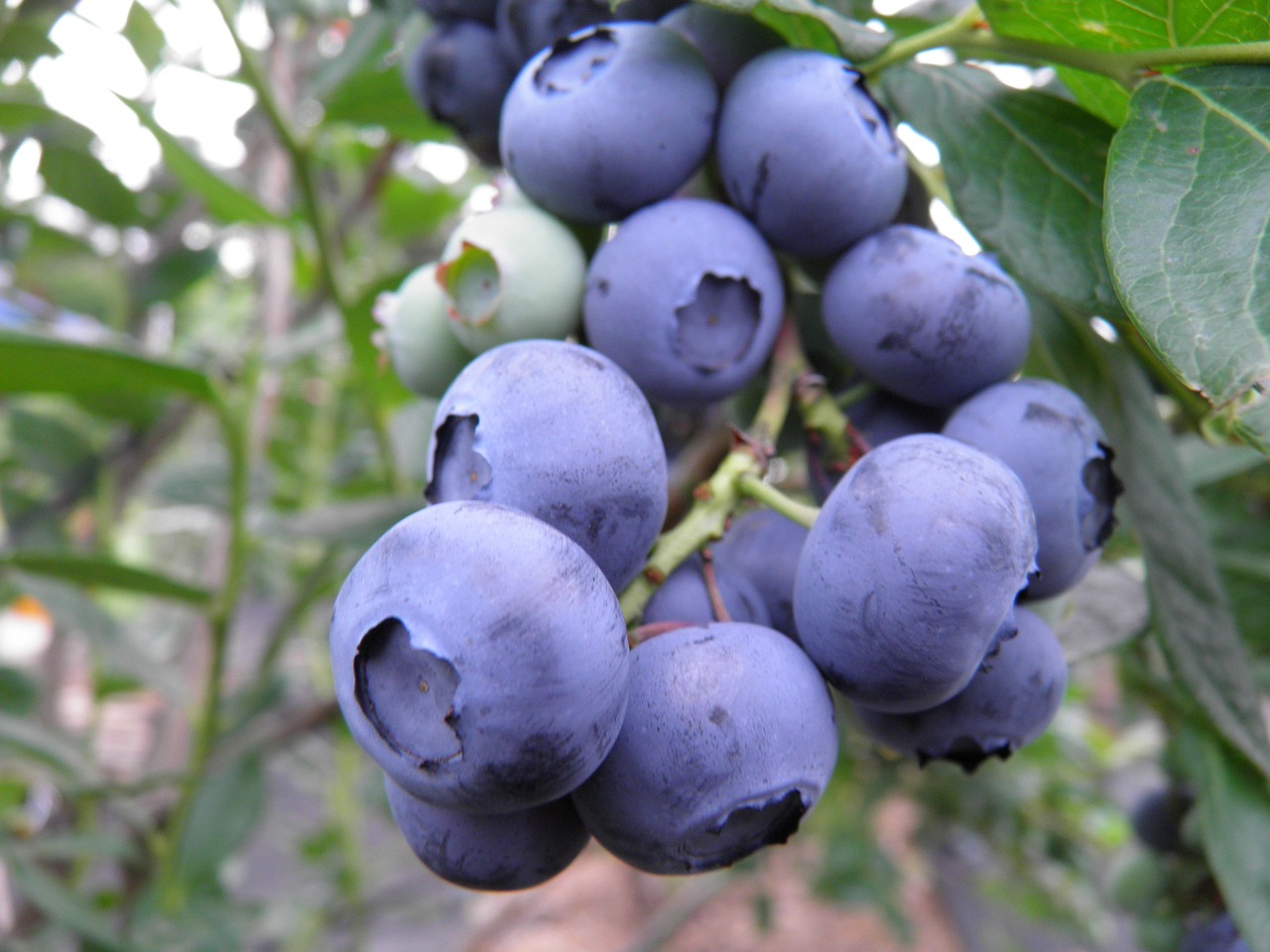
Soil Preparation and Health
When it comes to establishing a successful backyard orchard, healthy soil is the unsung hero of the entire process. Think of your soil as the foundation of a house; without a solid base, everything else crumbles. The vitality of your fruit trees hinges on the quality of the soil in which they grow. So, how do you ensure that your soil is primed and ready for planting? It all starts with a thorough understanding of soil preparation and health.
The first step in preparing your soil is to conduct a soil test. This simple yet crucial task allows you to assess the pH levels, nutrient content, and overall health of your soil. A balanced pH level is essential for nutrient absorption, as most fruit trees thrive in a slightly acidic to neutral range (around 6.0 to 7.0). You can easily find soil testing kits at your local garden center or send samples to a lab for a more detailed analysis. Once you have your results, you can make informed decisions about what amendments your soil may need.
After testing, you might discover that your soil lacks essential nutrients like nitrogen, phosphorus, or potassium. This is where organic soil amendments come into play. Incorporating organic materials such as compost, well-rotted manure, or leaf mold can significantly enhance soil fertility and structure. Not only do these amendments provide vital nutrients, but they also improve soil aeration and water retention, creating a thriving environment for your trees. Here’s a quick overview of some effective organic amendments:
| Amendment | Benefits |
|---|---|
| Compost | Rich in nutrients, improves soil structure |
| Well-rotted manure | High in nitrogen, enhances microbial activity |
| Leaf mold | Improves moisture retention, adds organic matter |
Once you’ve prepared your soil, it’s essential to maintain its health over time. Regularly adding organic matter, practicing crop rotation, and avoiding chemical fertilizers can help keep your soil vibrant and productive. Additionally, consider implementing cover crops during the off-season. These plants not only prevent soil erosion but also enrich the soil with nutrients as they decompose. Some popular cover crops include clover, vetch, and rye.
In conclusion, the health of your soil is the cornerstone of your backyard orchard's success. By testing, amending, and maintaining your soil, you’re setting the stage for robust fruit trees that yield bountiful harvests. Remember, a little effort spent on soil preparation goes a long way in ensuring your orchard flourishes!
- What is the best way to test my soil? You can use a home testing kit or send a sample to a local lab for analysis.
- How often should I amend my soil? It’s a good practice to amend your soil annually, especially before planting.
- Can I use chemical fertilizers in my orchard? While they can provide quick nutrients, organic amendments are generally recommended for long-term soil health.
- What are cover crops and why are they beneficial? Cover crops are plants grown to improve soil health, prevent erosion, and add nutrients when they decompose.
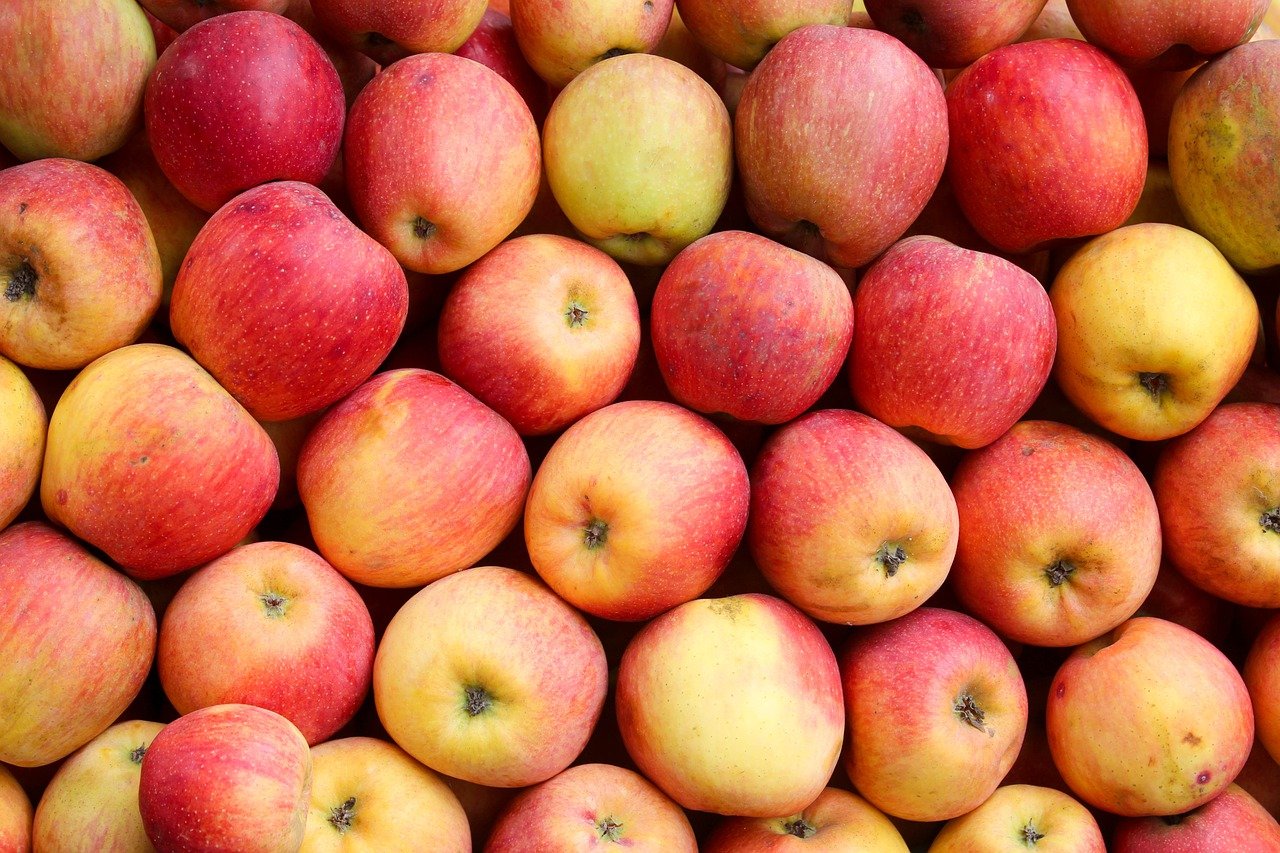
Testing Soil Quality
Before you dive into planting your fruit trees, it’s crucial to assess the quality of your soil. Think of your soil as the foundation of a house; if it’s not solid, everything built on top of it can crumble. Testing your soil quality helps you understand its pH levels, nutrient content, and overall health, which in turn influences the success of your orchard.
There are several methods to test your soil quality, and each has its own advantages. You can opt for a simple DIY test kit available at garden centers, which typically measures pH and some nutrient levels. Alternatively, for a more comprehensive analysis, you can send a soil sample to a local agricultural extension office or a professional lab. They can provide detailed information about essential nutrients like nitrogen, phosphorus, and potassium.
Here’s a brief overview of the steps you might take when testing your soil:
- Collecting Samples: Gather samples from different areas of your orchard to get a representative mix. Aim for about 1 cup of soil from each area, and be sure to remove any debris like roots or rocks.
- Testing Methods: Decide whether to use a DIY kit or send your samples to a lab. If using a kit, follow the instructions closely to ensure accurate results.
- Interpreting Results: Once you have your results, compare them to the ideal ranges for fruit trees. Most fruit trees thrive in a pH range of 6.0 to 7.5. If your soil is too acidic or alkaline, you may need to amend it.
After testing, you may discover deficiencies or excesses in your soil. For example, if your soil is low in nitrogen, you might consider adding organic fertilizers like compost or well-rotted manure to boost its fertility. On the flip side, if you find that your soil has high levels of phosphorus, you might want to avoid adding bone meal or similar amendments.
In conclusion, testing your soil quality is not just a recommendation; it's a vital step in the journey to establishing a thriving backyard orchard. By understanding your soil's composition, you can make informed decisions that will promote healthy growth and bountiful fruit production.
- How often should I test my soil? It's a good practice to test your soil every 2-3 years or whenever you notice changes in plant health.
- Can I test my soil in winter? Yes, you can test your soil in winter, but it’s often easier to collect samples when the ground is not frozen.
- What should I do if my soil is too acidic? You can add lime to raise the pH level. Be sure to follow the recommendations based on your soil test results.

Organic Soil Amendments
When it comes to nurturing your backyard orchard, play a pivotal role in enhancing soil fertility and structure. These natural materials not only enrich the soil but also promote a vibrant ecosystem that supports healthy tree growth. Think of organic amendments as the superfood for your soil—packed with nutrients that help your fruit trees thrive.
One of the most popular organic amendments is compost. This nutrient-rich material is made from decomposed organic matter, such as kitchen scraps and yard waste. Adding compost to your soil can improve its structure, increase moisture retention, and introduce beneficial microorganisms that help break down nutrients for your trees. The result? A robust soil environment that supports healthy root systems and promotes vigorous growth.
Another fantastic amendment is aged manure. This natural fertilizer is rich in nitrogen, phosphorus, and potassium—key nutrients that fruit trees need for optimal growth. However, it’s important to use well-aged manure to avoid burning your plants. When applied correctly, aged manure can enhance soil fertility and improve its overall health.
Moreover, green manures, or cover crops, can be a game-changer in your orchard. These are crops grown specifically to be tilled back into the soil, enriching it with organic matter and nutrients. Plants like clover or vetch not only add nutrients but also help prevent soil erosion and suppress weeds. Imagine planting a field of green that not only looks beautiful but also works tirelessly to improve your soil!
To give you a clearer picture of how these amendments can benefit your orchard, here’s a quick comparison table:
| Organic Amendment | Benefits |
|---|---|
| Compost | Improves soil structure, increases moisture retention, adds beneficial microorganisms. |
| Aged Manure | Rich in essential nutrients, enhances soil fertility, promotes healthy growth. |
| Green Manures | Enriches soil with organic matter, prevents erosion, suppresses weeds. |
Incorporating these organic amendments into your soil preparation routine can significantly boost your orchard's productivity. It’s like giving your trees a nutritional boost that sets them up for success. Remember to mix these amendments into the soil well before planting to allow them to integrate fully and begin their magic.
Ultimately, the key to a fruitful orchard lies in the health of your soil. By focusing on organic soil amendments, you're not just feeding your trees; you're cultivating a thriving ecosystem that will yield delicious, homegrown fruit for years to come.
- What are the best organic amendments for fruit trees?
Compost, aged manure, and green manures are excellent choices for enhancing soil fertility. - How often should I apply organic amendments?
It’s best to apply organic amendments annually, ideally in the spring or fall. - Can I use chemical fertilizers instead of organic amendments?
While chemical fertilizers can provide quick nutrients, organic amendments improve soil health over time and support a sustainable ecosystem.
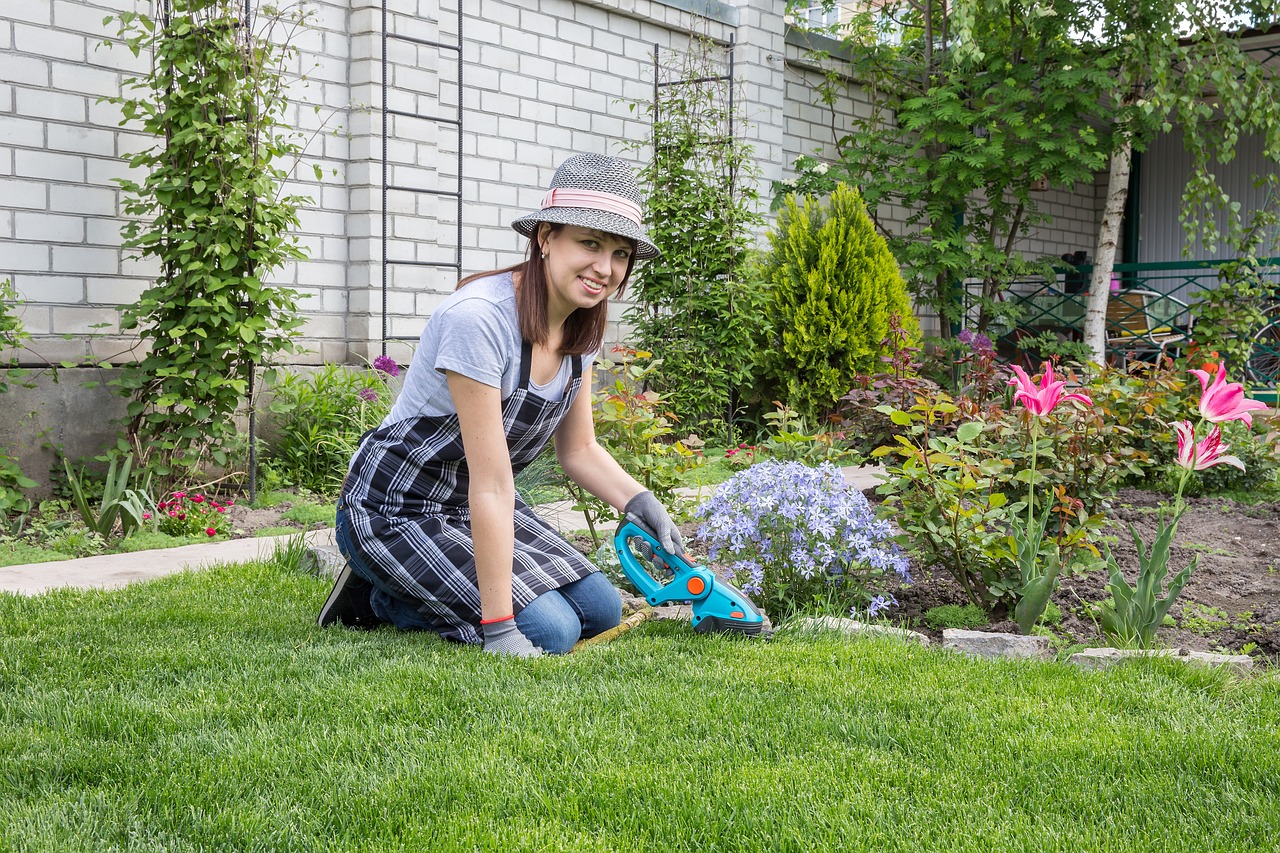
Watering and Irrigation Techniques
When it comes to nurturing your backyard orchard, proper watering is like giving your trees a refreshing drink on a hot summer day. Just as you wouldn’t want to sip on stale water, your trees need clean, consistent moisture to thrive. Understanding the right techniques for watering and irrigation can mean the difference between a bountiful harvest and a disappointing yield. So, let’s dive into the various methods that can help keep your fruit trees hydrated and happy!
One of the most efficient ways to ensure your trees receive the moisture they need is through drip irrigation. This method involves a network of tubing and emitters that deliver water directly to the roots of your plants. Unlike traditional sprinklers that spray water all over the place (including on your patio), drip irrigation minimizes evaporation and runoff, making it an eco-friendly choice. You might think of it as a gentle rain that falls right where it’s needed most, allowing your trees to soak up every drop. Setting up a drip system can be a bit of an investment initially, but the long-term benefits, including healthier trees and reduced water bills, make it well worth it.
Another sustainable option is rainwater harvesting. Imagine collecting nature’s own gift and using it to nourish your orchard! By setting up rain barrels or a more complex rainwater collection system, you can capture runoff from your roof during rainstorms. This not only conserves water but also reduces your reliance on municipal sources. It's like having your own little reservoir of liquid gold right in your backyard. To effectively utilize rainwater, ensure you have a filtration system in place to keep debris out, and consider using a pump to distribute the water to your trees.
Now, you might wonder, “How often should I water my trees?” The answer isn’t one-size-fits-all; it depends on various factors such as soil type, tree age, and weather conditions. Generally, young trees require more frequent watering to establish strong roots, while mature trees can thrive with less. A good rule of thumb is to water deeply but infrequently, encouraging roots to grow down into the soil. This technique helps your trees develop resilience against drought conditions. For example, during hot summer months, aim for about 1-2 inches of water per week, either from rainfall or your irrigation efforts.
To keep track of how much water your orchard is receiving, consider using a soil moisture meter. This handy tool can help you determine when it’s time to water without the guesswork. Simply insert the probe into the soil, and it will give you a reading of moisture levels. If the meter indicates that your soil is still moist, hold off on watering to prevent over-saturation, which can lead to root rot. Remember, it’s better to underwater than to overwater!
In conclusion, the key to a thriving backyard orchard lies in understanding the unique watering needs of your fruit trees. By employing techniques like drip irrigation and rainwater harvesting, you can ensure that your trees receive the moisture they need while conserving water. With a little attention to detail and the right tools, you can create an environment where your fruit trees flourish, leading to a delicious harvest that you can enjoy all season long.
- How often should I water my fruit trees? Water deeply but infrequently, aiming for about 1-2 inches of water per week, depending on weather conditions.
- What is the best irrigation method for a backyard orchard? Drip irrigation is often considered the most efficient method, as it delivers water directly to the roots with minimal waste.
- Can I use rainwater to water my trees? Yes! Rainwater harvesting is a sustainable way to collect and use natural water for your orchard.
- How can I tell if my soil is too wet or too dry? A soil moisture meter can help you determine the moisture levels in your soil, guiding your watering schedule.
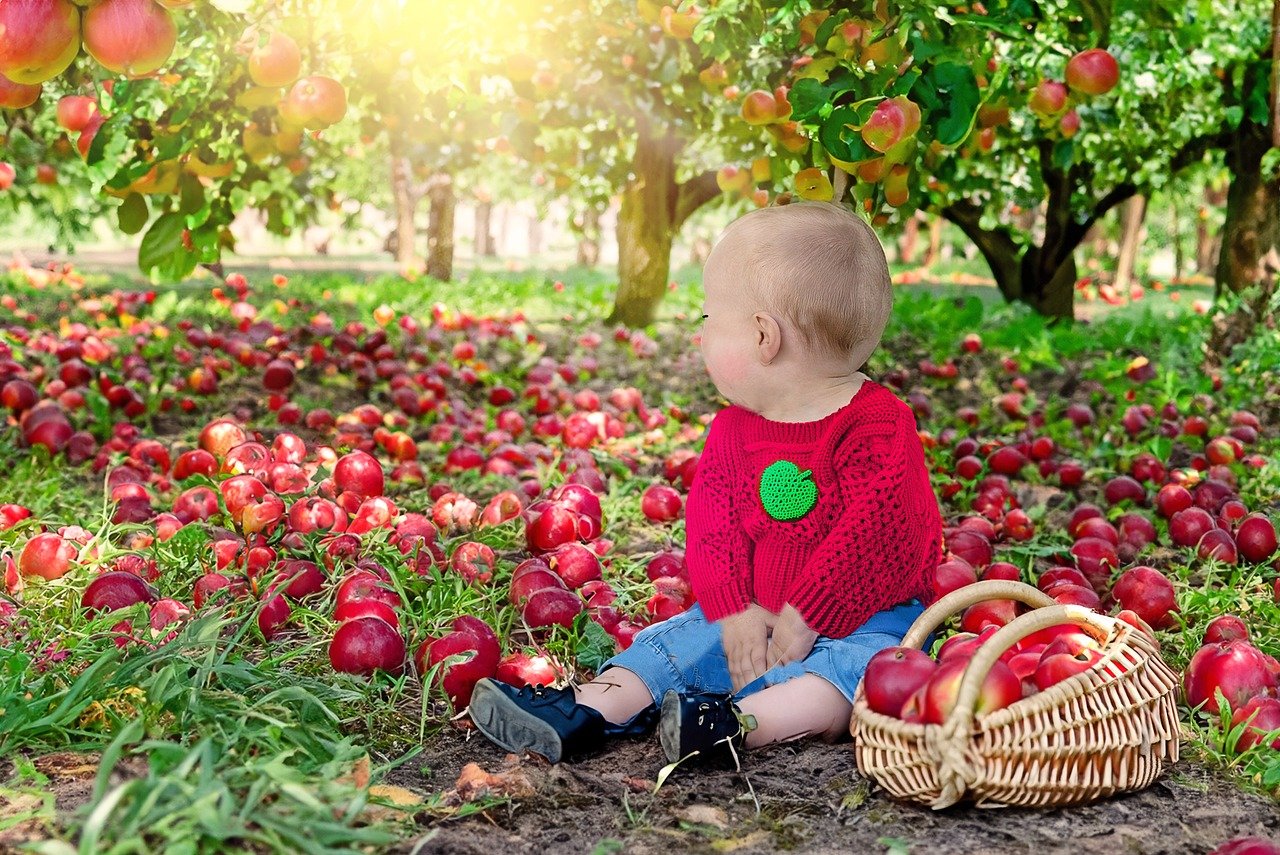
Drip Irrigation Benefits
When it comes to watering your backyard orchard, drip irrigation stands out as one of the most efficient and effective methods available. Imagine being able to deliver water directly to the roots of your fruit trees, minimizing waste and maximizing growth potential. This method not only conserves water but also promotes healthier trees by providing a consistent moisture level that is essential for fruit production.
One of the most significant advantages of drip irrigation is its ability to reduce water usage. Traditional watering methods, such as sprinklers, often result in evaporation and runoff, leading to significant water loss. In contrast, drip systems target the soil directly, allowing for more precise control over how much water each tree receives. This targeted approach can lead to water savings of up to 50% or more compared to conventional watering methods.
Moreover, drip irrigation helps to prevent weed growth. Since water is delivered directly to the plants, the surrounding soil remains dry, which discourages weed germination. This means less time spent on weeding and more time enjoying the fruits of your labor! Additionally, by keeping the foliage dry, drip irrigation reduces the risk of fungal diseases that thrive in damp conditions.
Another benefit worth mentioning is the customizability of drip irrigation systems. You can easily adjust the flow rate and timing based on the specific needs of your fruit trees. For instance, young trees may require more frequent watering, while established trees can thrive with less frequent, deeper watering. This flexibility allows you to tailor the irrigation system to match the unique requirements of your orchard.
To illustrate the benefits further, consider the following table that compares drip irrigation with traditional watering methods:
| Feature | Drip Irrigation | Traditional Watering |
|---|---|---|
| Water Efficiency | High (up to 50% savings) | Low (high evaporation and runoff) |
| Weed Control | Reduces growth | Encourages growth |
| Disease Risk | Lower (dry foliage) | Higher (wet foliage) |
| Customization | Highly customizable | Limited options |
| Labor Intensity | Low (automated systems) | High (manual watering) |
In addition to these practical benefits, drip irrigation also promotes better soil health. By delivering water slowly and steadily, this method encourages deep root growth, which makes trees more resilient to drought conditions. Healthy roots mean healthier trees, which in turn leads to a more abundant harvest. Think of it as giving your trees a consistent drink of water instead of a sudden downpour – they thrive on stability!
Finally, let's talk about installation. Although some might think that setting up a drip irrigation system is complicated, it’s actually quite straightforward. With a few basic components like tubing, emitters, and connectors, you can create a system tailored to your orchard's layout. Plus, many local garden centers offer kits that make it even easier for beginners to get started.
In summary, drip irrigation is more than just a watering method; it's a game changer for backyard orchard enthusiasts. By conserving water, reducing weeds, and promoting healthy growth, this method ensures that your trees get the best care possible, leading to a bountiful harvest year after year. So, if you're serious about growing a thriving orchard, consider investing in a drip irrigation system – your trees will thank you!
- What is drip irrigation? Drip irrigation is a method of watering plants by delivering water directly to the roots through a system of tubing and emitters.
- How much water can I save with drip irrigation? You can save up to 50% or more water compared to traditional watering methods.
- Is drip irrigation difficult to install? No, it is relatively easy to set up, especially with pre-made kits available at garden centers.
- Can I use drip irrigation for all types of fruit trees? Yes, drip irrigation can be customized to meet the needs of various fruit trees in your orchard.
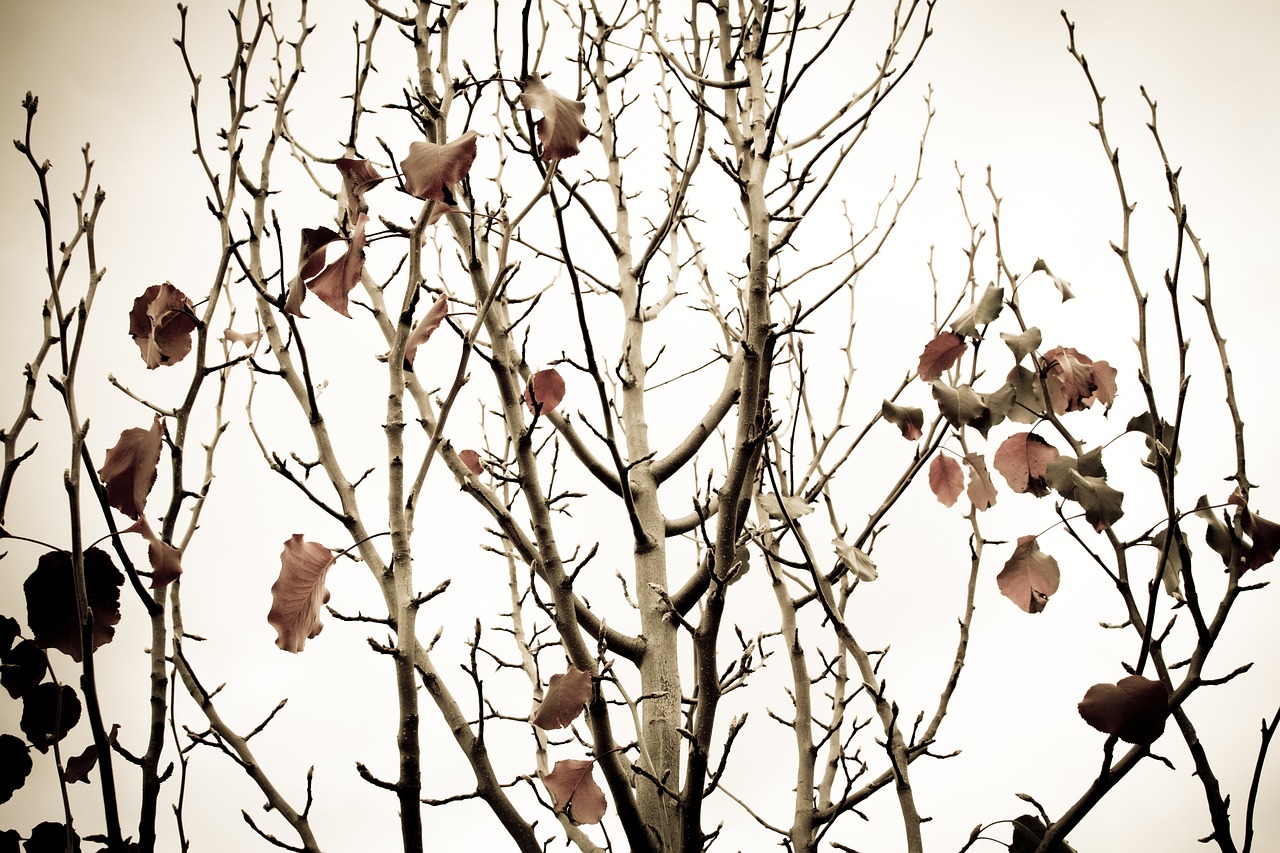
Rainwater Harvesting
Harvesting rainwater is not just a sustainable practice; it's a smart way to ensure your backyard orchard thrives even during dry spells. Imagine having a natural reservoir right in your backyard, ready to nourish your fruit trees whenever needed! By collecting rainwater, you can significantly reduce your water bill while providing your trees with the purest form of hydration. Rainwater is generally free of the chemicals found in municipal water, making it a healthier option for your plants.
To set up a rainwater harvesting system, you’ll need a few essential components. The most common method involves installing gutters and downspouts on your roof, directing the collected rain into a storage container or tank. Here’s a quick overview of what you might need:
| Component | Purpose |
|---|---|
| Gutters | Collect rainwater from the roof |
| Downspouts | Direct water from gutters to storage |
| Storage Tank | Store collected rainwater for later use |
| Filtration System | Remove debris and contaminants |
Once you have your system in place, it’s important to think about how you’ll use the collected rainwater. You can easily set up a drip irrigation system connected to your storage tank, allowing you to water your orchard efficiently. This method minimizes evaporation and ensures that water goes directly to the roots where it’s needed most. Plus, you can create a schedule that aligns with rainfall patterns, ensuring your trees receive consistent moisture without overwatering.
However, before diving into rainwater harvesting, check your local regulations. Some areas have specific guidelines or restrictions regarding the collection of rainwater, so it's wise to familiarize yourself with these rules. Once you're all set up, you’ll not only be conserving water but also enjoying the satisfaction of knowing you’re contributing to a more sustainable environment.
In conclusion, rainwater harvesting is an excellent practice that can enhance the health and productivity of your backyard orchard. It’s a win-win situation: you save money, help the environment, and provide your beloved fruit trees with the best possible care. So why not start planning your rainwater harvesting system today? Your trees will thank you for it!
- Is rainwater safe for my fruit trees? Yes, rainwater is typically free of harmful chemicals and is safe for irrigation.
- How much rainwater can I realistically collect? The amount depends on your roof size and rainfall frequency; a larger roof can yield significantly more water.
- Do I need a filtration system? While not always necessary, a filtration system can help keep your water clean and free from debris.
- Can I use rainwater for other purposes? Absolutely! Rainwater can be used for watering gardens, washing cars, and even flushing toilets.
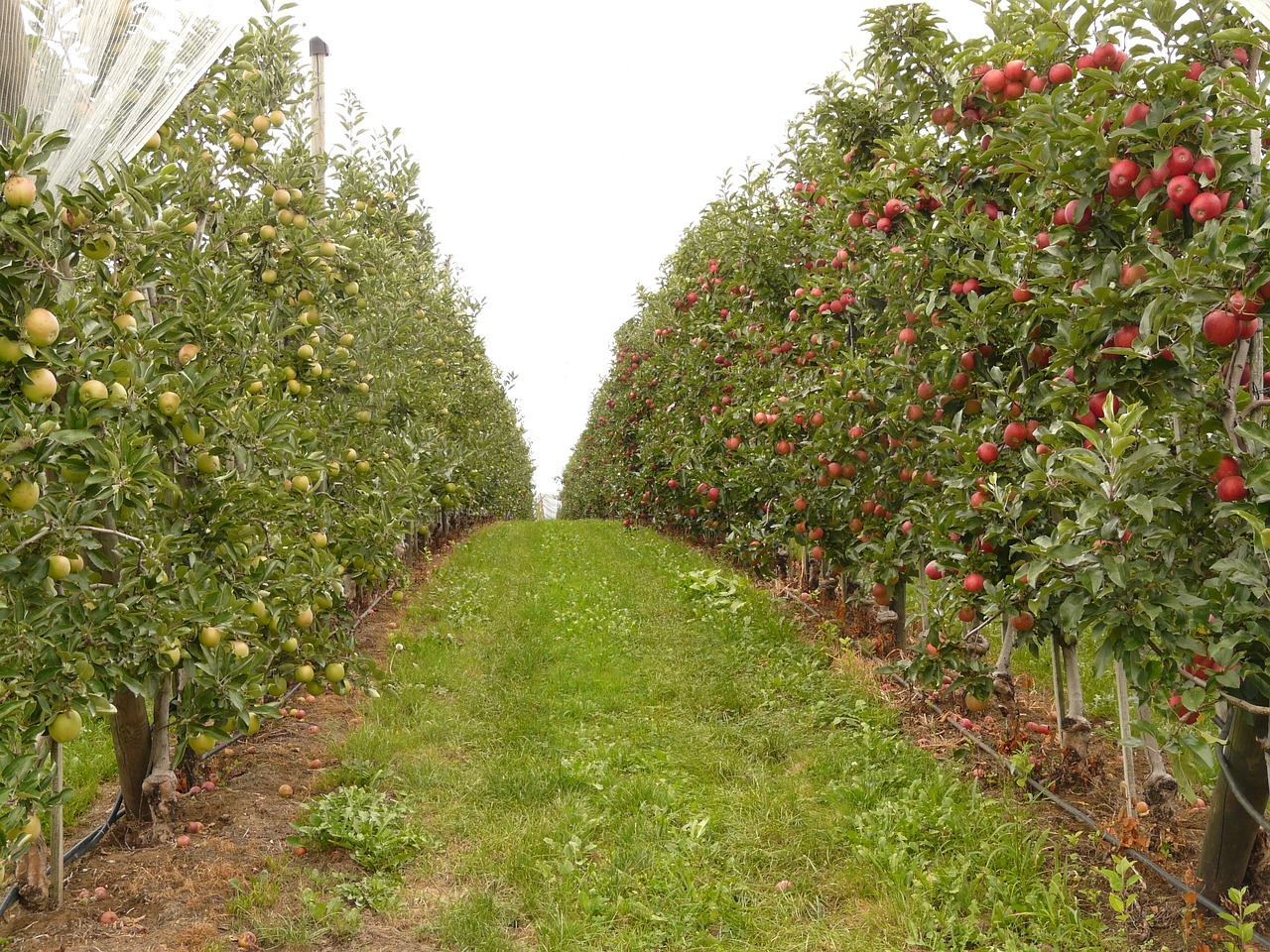
Pruning and Maintenance Practices
Regular pruning and maintenance are essential for the health and productivity of your backyard orchard. Think of pruning as giving your trees a haircut; it helps shape their growth, encourages fruit production, and removes any dead or diseased branches. Without proper pruning, your trees could become overgrown, leading to poor air circulation and increased vulnerability to pests and diseases. So, how do you ensure your trees are well-maintained? Let's dive into some best practices!
First off, it's crucial to understand when to prune your fruit trees. Generally, late winter or early spring, before new growth begins, is the best time to tackle this task. By pruning at this time, you can minimize the stress on the tree and promote healthier growth. However, the timing may vary depending on the type of fruit tree you have. For example, stone fruits like cherries and peaches are best pruned in late winter, while pome fruits like apples and pears should be pruned in early spring.
When it comes to the how of pruning, there are a few key techniques you should master:
- Thinning cuts: These cuts remove entire branches, allowing more light and air to reach the center of the tree.
- Heading cuts: These cuts shorten branches, encouraging bushier growth and more fruiting spurs.
- Cleaning cuts: These cuts remove dead, damaged, or diseased wood to maintain tree health.
Another important aspect of orchard maintenance is disease management. Regularly inspect your trees for signs of pests or diseases. Early detection is key! For instance, if you notice yellowing leaves or unusual spots, it could indicate a problem that needs addressing. Implementing organic solutions, such as introducing beneficial insects or using neem oil, can help mitigate these issues without resorting to harsh chemicals.
Furthermore, seasonal care is vital. In the spring, ensure your trees receive adequate water as they begin their growth cycle. In the summer, be vigilant about weeding and mulching to conserve moisture and suppress weeds. As autumn approaches, prepare your trees for winter by applying a layer of mulch around the base to protect the roots from freezing temperatures.
To help you keep track of your orchard care, consider maintaining a maintenance calendar. This can include tasks like pruning, fertilizing, watering, and pest inspections, ensuring that nothing falls through the cracks. Here's a simple example:
| Month | Task |
|---|---|
| January | Plan pruning schedule |
| February | Prune stone fruits |
| March | Prune pome fruits |
| April | Inspect for pests |
| July | Water and mulch |
| September | Prepare for harvest |
In summary, adopting regular pruning and maintenance practices will not only enhance the health of your trees but also boost your overall yield. Remember, a little care goes a long way in ensuring your backyard orchard thrives!
Q: How often should I prune my fruit trees?
A: Generally, you should prune your fruit trees annually, ideally in late winter or early spring. However, some trees may require more frequent attention depending on their growth habits.
Q: Can I prune my trees too much?
A: Yes, excessive pruning can stress your trees and reduce their fruit production. It's important to strike a balance and only remove what is necessary for the tree's health.
Q: What should I do if I notice pests on my trees?
A: Early detection is key! Inspect your trees regularly and consider using organic solutions like neem oil or introducing beneficial insects to manage pest populations.
Q: Is it necessary to use fertilizers for my orchard?
A: While not always necessary, using organic fertilizers can help improve soil health and boost fruit production. Conduct soil tests to determine if your trees need additional nutrients.
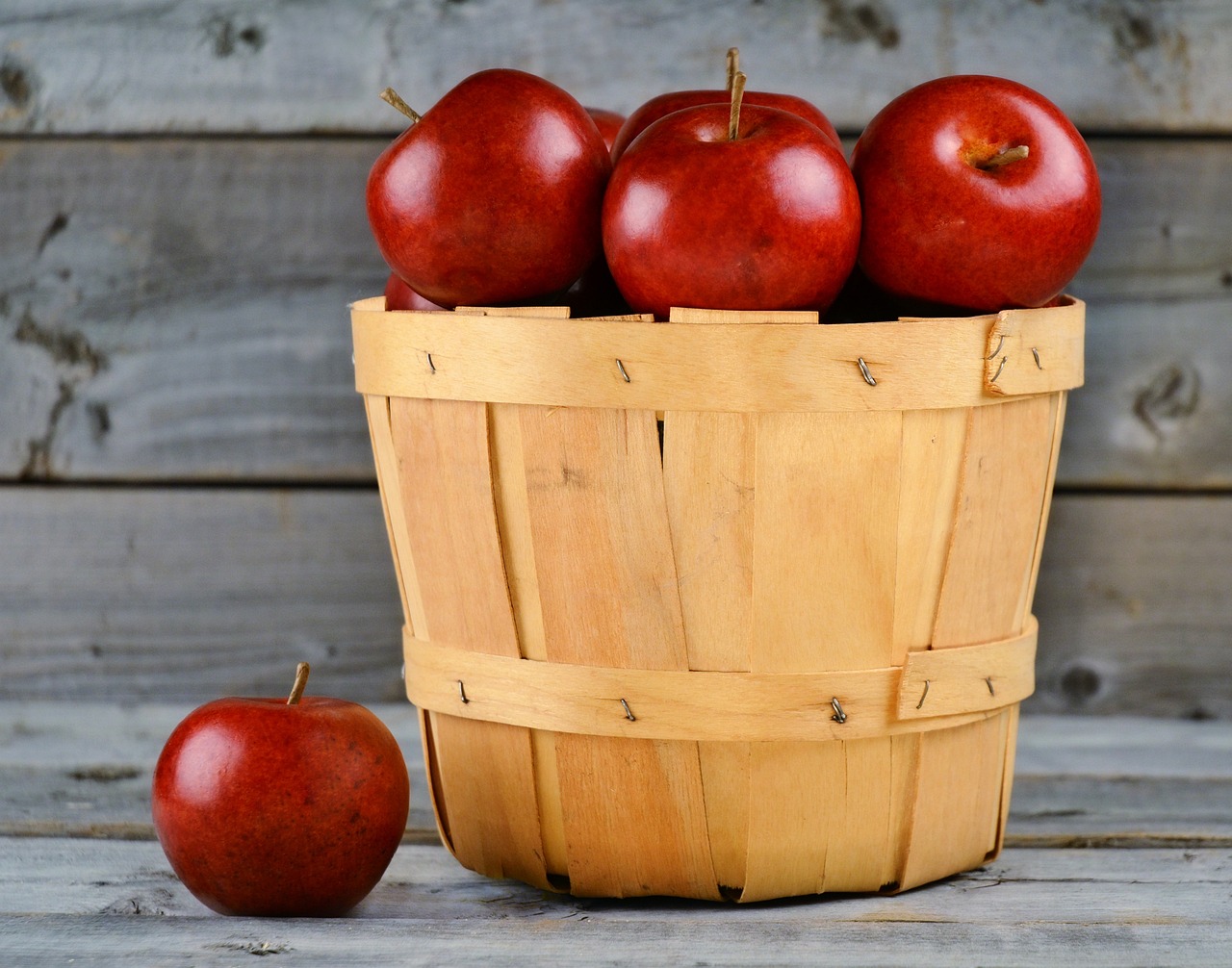
When and How to Prune
Pruning is an essential practice that can significantly enhance the health and productivity of your fruit trees. But when is the right time to prune? Generally, the best time to prune fruit trees is during their dormant season, which typically falls in late winter to early spring, just before new growth begins. This timing allows you to make necessary cuts without stressing the tree, as it conserves energy for the upcoming growing season. However, specific pruning times can vary depending on the type of fruit tree you’re dealing with. For example, stone fruit trees like cherries and peaches are best pruned in late winter, while pome fruits such as apples and pears can be pruned in early spring.
Now, let’s talk about how to prune effectively. The goal of pruning is to promote good air circulation, sunlight penetration, and overall tree structure. Start by removing any dead, damaged, or diseased branches. This not only helps the tree but also prevents the spread of disease. Next, focus on thinning out crowded areas to ensure that each branch has room to grow. You want to create an open center for the tree, which allows light to reach all parts of the tree. When making cuts, use sharp, clean tools to avoid damaging the tree. Aim for a 45-degree angle when cutting, which helps prevent water from collecting on the cut surface, reducing the risk of rot.
It's also important to consider the three D's of pruning: dead, damaged, and diseased branches. By regularly checking your trees and addressing these issues, you can maintain their health and productivity. Additionally, here are some key points to keep in mind while pruning:
- Cut at the right angle: Always make cuts at a 45-degree angle to encourage healing.
- Remove suckers: These are the shoots that grow from the base of the tree or along the trunk, and they can sap energy from the main tree.
- Maintain shape: Keep the tree's natural shape in mind to promote a healthy structure.
Lastly, don’t forget to step back and observe your tree after pruning. It’s easy to get caught up in the details and lose sight of the overall shape and health of the tree. Regular pruning will not only keep your trees looking beautiful but will also ensure they produce a bountiful harvest for years to come.
Q: How often should I prune my fruit trees?
A: Most fruit trees benefit from annual pruning, but the specific needs can vary depending on the type of tree and its age. Young trees may require more frequent shaping, while mature trees can be pruned less often.
Q: Can I prune my trees in the summer?
A: While it’s generally recommended to prune during the dormant season, light pruning in the summer can be beneficial for removing dead or diseased wood. However, avoid heavy pruning during this time as it can stress the tree.
Q: What tools do I need for pruning?
A: Essential tools include sharp pruning shears for small branches, loppers for medium branches, and a pruning saw for larger limbs. Always ensure your tools are clean and sharp to make precise cuts.
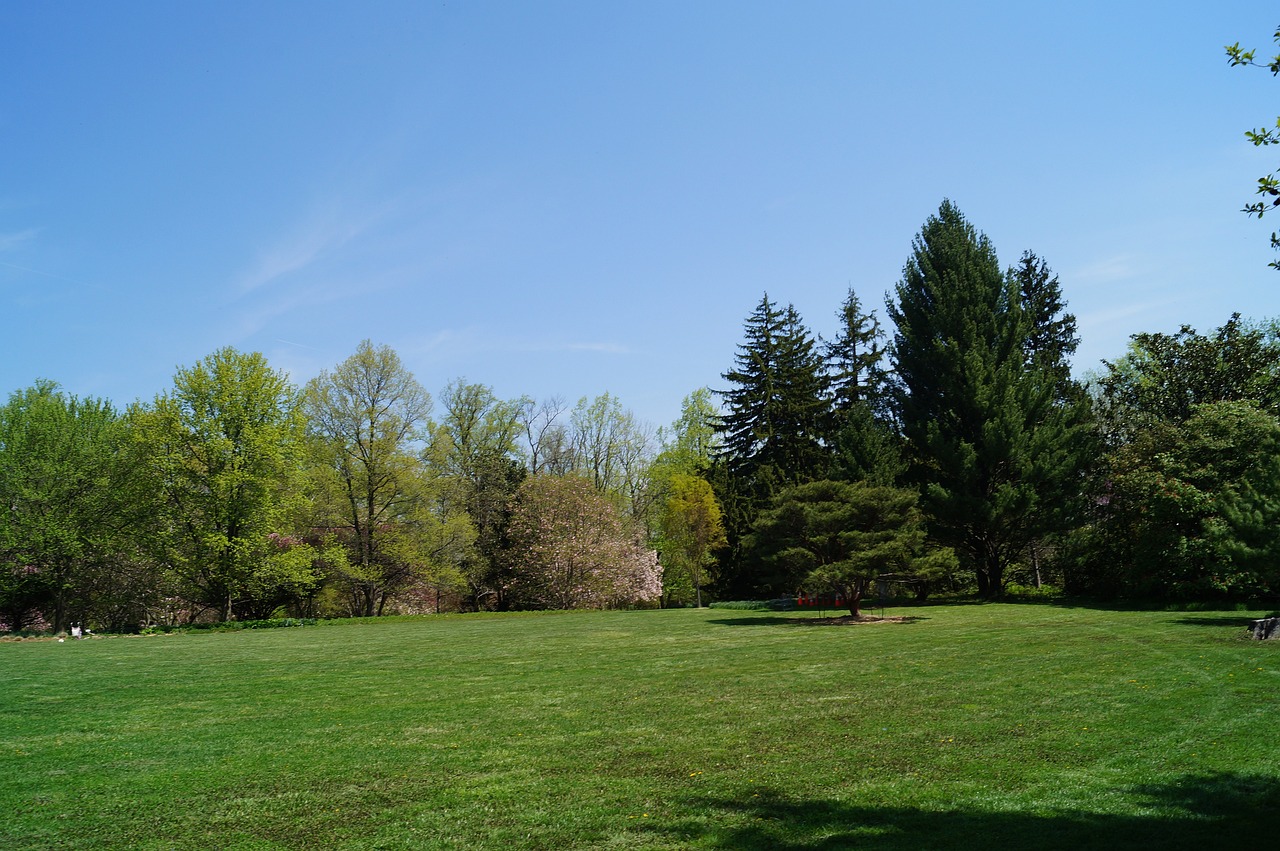
Pest and Disease Management
Managing pests and diseases is vital for a successful orchard. After all, what’s the point of nurturing your trees if they fall prey to unwanted invaders or illnesses? It's like inviting guests over for dinner only to find out they brought their own food—food that could spoil your feast! The key to effective pest management lies in understanding the common threats that can affect your fruit trees and implementing strategies to combat them.
First, let's talk about some common pests that may invade your orchard:
- aphids: These tiny insects suck the sap from your trees, weakening them over time.
- spider mites: Often found on the undersides of leaves, they can cause significant damage if left unchecked.
- fruit flies: These pests are notorious for laying eggs in ripening fruit, leading to decay.
To effectively manage these pests, consider adopting an integrated pest management (IPM) approach. This strategy combines various methods to control pest populations while minimizing harm to the environment. Here are some essential components of IPM:
| Method | Description |
|---|---|
| Monitoring | Regularly check your trees for signs of pests or diseases. Early detection can prevent larger infestations. |
| Biological Control | Introduce beneficial insects, such as ladybugs, which prey on harmful pests. |
| Cultural Practices | Maintain healthy trees through proper watering, fertilizing, and pruning to make them less susceptible to pests. |
| Organic Pesticides | When necessary, use organic pesticides that are less harmful to beneficial insects and the environment. |
In addition to pests, diseases can also wreak havoc on your orchard. Fungal diseases, such as powdery mildew and root rot, can be particularly damaging. To combat these issues, it's important to:
- Ensure proper air circulation around your trees by spacing them adequately.
- Water at the base of the trees to avoid wetting the foliage, which can promote fungal growth.
- Apply organic fungicides as a preventive measure during damp seasons.
Lastly, regular monitoring and maintenance are crucial. Keep your orchard clean by removing fallen fruit and debris, which can harbor pests and diseases. Remember, a healthy orchard is a happy orchard! By staying vigilant and proactive, you can enjoy the fruits of your labor without the stress of pest and disease issues.
Q: How can I tell if my fruit trees are infected with a disease?
A: Look for signs such as discolored leaves, wilting, or unusual growth patterns. If you notice these symptoms, it’s important to diagnose the issue promptly.
Q: Are there any natural remedies for pest control?
A: Yes! Many gardeners use neem oil, insecticidal soap, or diatomaceous earth as natural pest deterrents.
Q: How often should I inspect my orchard for pests?
A: Regular inspections, ideally every week during the growing season, can help you catch problems early before they escalate.

Harvesting and Enjoying Your Fruit
Successfully harvesting your fruit is the grand finale of your orchard journey, and it’s a moment filled with anticipation and excitement! But how do you know when the time is right? Identifying the signs of ripeness is crucial for reaping the best flavors from your hard work. Each type of fruit has its own unique indicators of ripeness. For instance, apples should have a slight give when gently squeezed, while peaches will yield to pressure and emit a sweet aroma. Understanding these signs can make all the difference between a mediocre harvest and a bountiful one that bursts with flavor.
Once you've gathered your fruit, the next step is to think about how to store it. Proper storage is essential to maintain freshness and prevent spoilage. Here are some tips to keep your fruit at its best:
- Refrigeration: Most fruits, like berries and apples, benefit from being stored in the refrigerator to slow down ripening.
- Room Temperature: Some fruits, such as bananas and avocados, should be kept at room temperature until they ripen fully.
- Avoiding Ethylene Gas: Keep ethylene-producing fruits, such as apples, away from sensitive fruits like strawberries to prevent premature ripening.
Now that you have your fruit stored properly, let’s dive into the fun part: enjoying it! There are countless ways to savor your homegrown produce. You can eat them fresh, make delicious jams, or even whip up a refreshing fruit salad. The beauty of having your own orchard is that you can experiment with recipes and find new ways to incorporate your harvest into your meals. Imagine a warm summer evening with a homemade peach cobbler or a refreshing apple cider made from your very own apples. The possibilities are endless!
Furthermore, preserving your harvest not only allows you to enjoy your fruits year-round but also minimizes waste. Here are some popular methods for preserving your bounty:
| Preservation Method | Description |
|---|---|
| Canning | Sealing fruits in jars to create a vacuum, extending their shelf life. |
| Freezing | Storing fruits at low temperatures to maintain freshness and flavor. |
| Drying | Removing moisture from fruits to create healthy snacks that last longer. |
Incorporating your fruit into daily meals can also be a delightful way to share your harvest with family and friends. Host a fruit-tasting party, create a fruit-themed brunch, or simply share bags of fresh fruit with neighbors. The joy of your backyard orchard extends beyond just you; it can bring your community together!
Q: When is the best time to harvest my fruit?
A: The best time to harvest depends on the type of fruit. Generally, fruits are ready to be picked when they have reached full color, have a slight give when squeezed, and smell fragrant. Always check specific guidelines for each fruit type.
Q: How can I tell if my fruit is spoiled?
A: Signs of spoilage include soft spots, an off smell, or mold. If you notice any of these signs, it’s best to discard the fruit to avoid any health risks.
Q: Can I freeze my fruit for later use?
A: Yes! Freezing is an excellent way to preserve your fruit. Just wash, cut, and freeze them in airtight containers or freezer bags.
Harvesting and enjoying your fruit is not just about the end product; it’s about celebrating the fruits of your labor and the joy of sharing them with others. So, get out there, gather your harvest, and make the most of your backyard orchard!
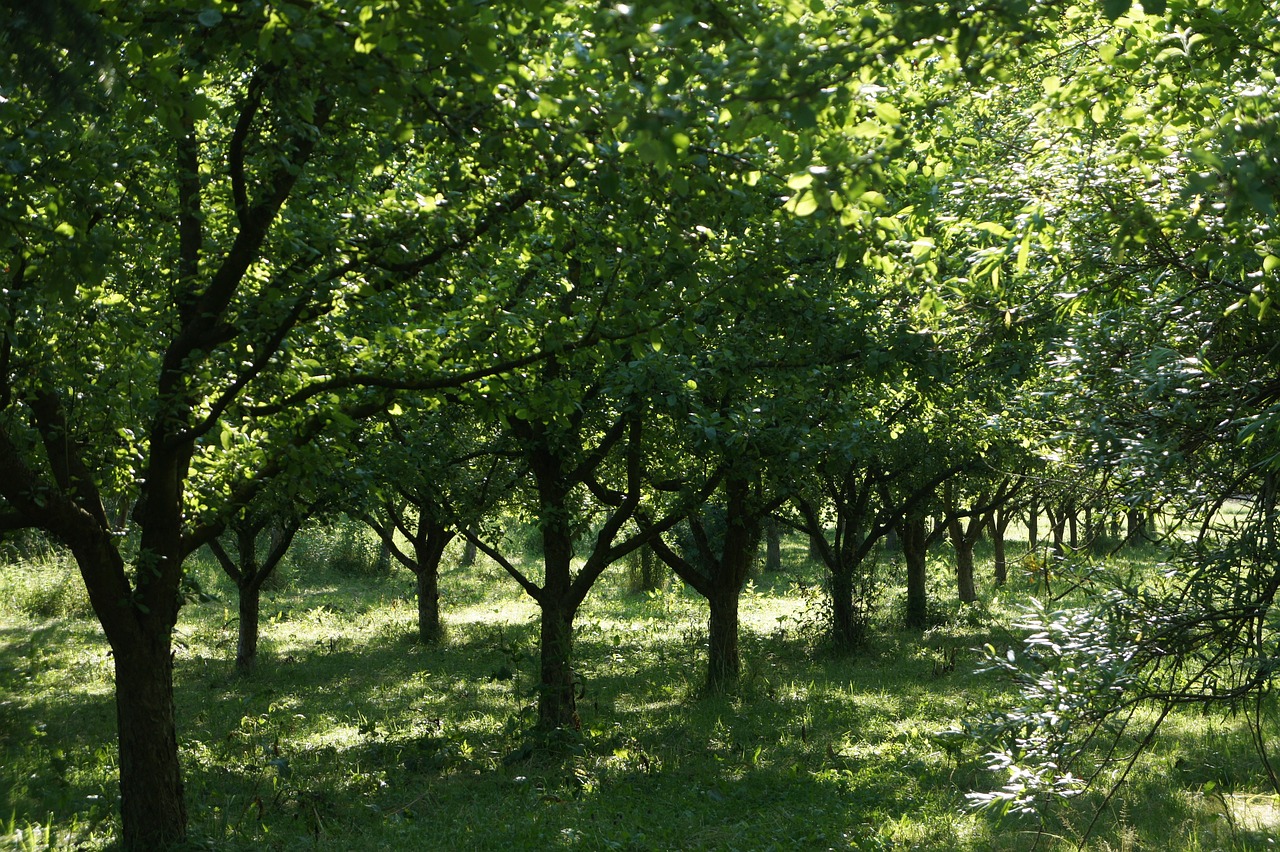
Signs of Ripeness
Knowing when to harvest your fruit is like having a secret key to unlocking the best flavors your orchard has to offer. Each type of fruit has its own unique signs of ripeness, and understanding these cues can make the difference between a bland bite and a burst of sweetness that dances on your palate. So, how do you know when it's time to pick? Let's dive into the delightful world of ripeness!
First and foremost, color is a major indicator. As fruits mature, they often change color, signaling their readiness for harvest. For instance, strawberries should be a vibrant red, while bananas transition from green to a sunny yellow. But don't just rely on color alone; texture plays a crucial role too. Gently squeeze the fruit – if it yields slightly to pressure, it's likely ripe. However, be careful not to apply too much force; you don't want to bruise your precious produce!
Another important factor is the fruit's aroma. Ripe fruits often emit a sweet, fragrant scent that can be irresistible. Take a whiff! If the aroma is strong and inviting, it's a good sign that your fruit is ready to be picked. For example, a ripe peach will have a delightful fragrance that fills the air, beckoning you to enjoy its juicy flesh.
It's also essential to consider the fruit's size. While size can vary depending on the variety, most fruits will reach a certain dimension when they are ripe. For instance, apples should have a good size for their variety, and you can refer to a chart or guide specific to your type of apple to know what to expect. Moreover, the fruit should be firm but not hard; if it feels too soft, it may be overripe.
To make things a bit clearer, here's a quick comparison table of some common fruits and their signs of ripeness:
| Fruit | Color | Aroma | Texture |
|---|---|---|---|
| Strawberries | Bright red | Sweet and fragrant | Firm with slight give |
| Bananas | Sunny yellow | Sweet aroma | Soft with slight pressure |
| Peaches | Golden yellow with a blush | Intense sweet smell | Soft to the touch |
| Apples | Varies by type | Fresh and fruity | Firm and slightly yielding |
Lastly, don't forget to consult your gardening journal or local gardening resources. They often contain valuable information on the specific varieties you’re growing, including optimal harvest times and signs of ripeness. Remember, harvesting at the right time not only enhances the flavor but also ensures the best quality for storage and consumption.
- How can I tell if my fruit is overripe? Overripe fruit often becomes too soft, develops dark spots, or emits a fermented smell. If you notice these signs, it's best to harvest immediately.
- Should I pick fruit in the morning or afternoon? It's generally best to pick fruit in the morning when temperatures are cooler, which helps preserve freshness and flavor.
- Can I ripen fruit after harvest? Yes, many fruits can continue to ripen off the tree, especially those like bananas and avocados. Store them at room temperature until they reach your desired ripeness.
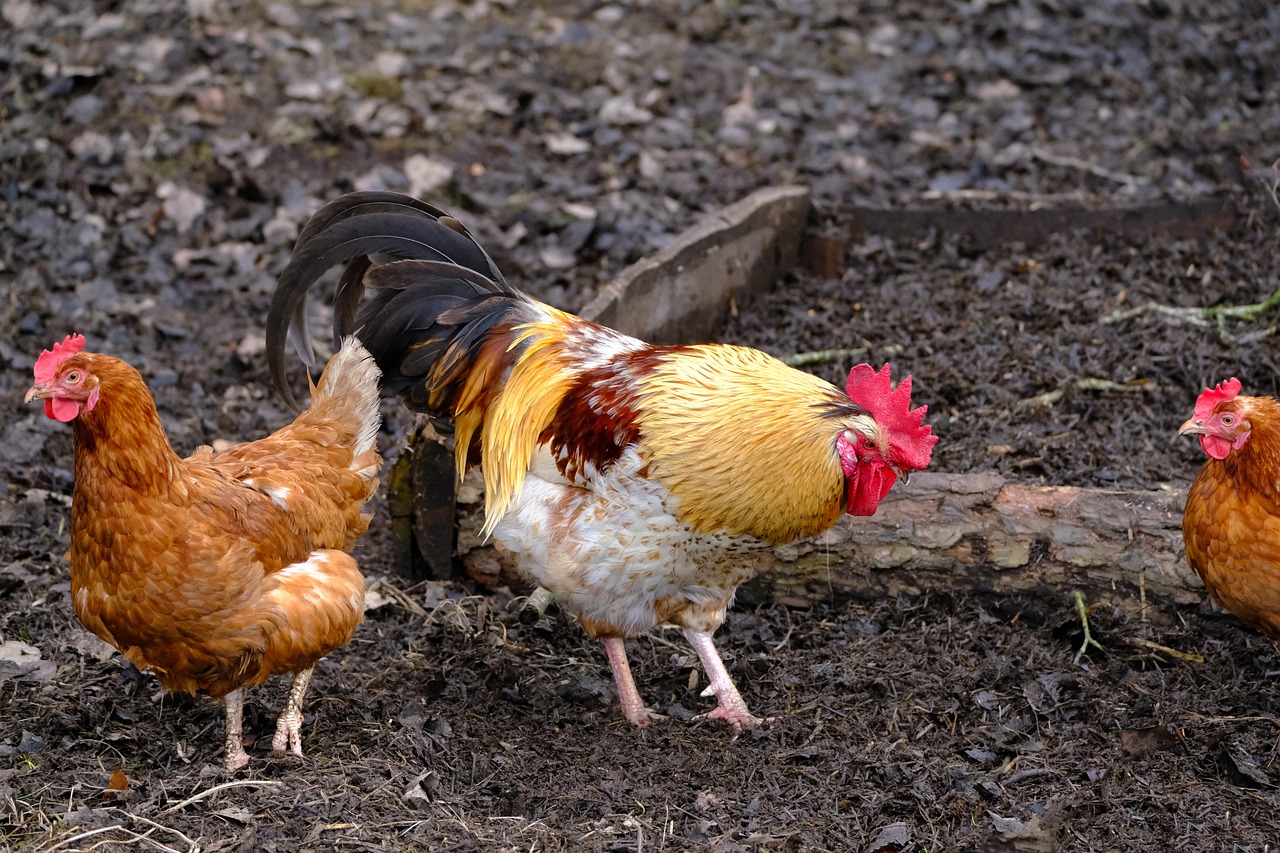
Preserving Your Harvest
Once you've put in the hard work of nurturing your backyard orchard, the last thing you want is for your delicious fruits to go to waste. not only allows you to enjoy the fruits of your labor throughout the year but also helps you minimize waste and save money. So, how can you ensure that your homegrown produce lasts as long as possible? Let’s dive into some effective methods!
One of the most popular methods for preserving fruits is canning. This technique involves sealing fruits in jars and heating them to kill bacteria, yeasts, and molds that could spoil your harvest. Canning is perfect for fruits like peaches, apples, and cherries. Just make sure to follow safe canning practices to avoid any mishaps! If you’re new to canning, consider starting with water bath canning, which is ideal for high-acid fruits.
Another fantastic way to preserve your harvest is through freezing. Freezing fruits is simple and retains most of the nutrients and flavors. Just wash, peel, and slice your fruits, then spread them out on a baking sheet to freeze individually before transferring them to freezer bags. This method works wonders for berries, bananas, and even stone fruits. Plus, frozen fruits can be used in smoothies, desserts, or even straight from the freezer for a refreshing snack!
For those who enjoy a bit of DIY, consider drying your fruits. Dried fruits make for excellent snacks and can be added to cereals, trail mixes, or baked goods. You can use a dehydrator or your oven set to a low temperature to dry fruits like apples, pears, and apricots. Just remember to store them in airtight containers to maintain their freshness. If you’re feeling adventurous, you can even experiment with making your own fruit leathers!
Lastly, don’t forget about preserves, jams, and jellies. These sweet concoctions are not only delicious but also a great way to enjoy the flavors of your orchard all year round. You can create a variety of spreads by combining fruits with sugar and pectin. The process might take a bit of time, but the end result is well worth the effort. Imagine spreading homemade strawberry jam on your morning toast—pure bliss!
In summary, preserving your harvest is an art that can be both rewarding and enjoyable. Whether you choose to can, freeze, dry, or make jams, each method has its own charm and benefits. So roll up your sleeves, gather your fruits, and let the preservation begin!
- What is the best method for preserving fruits?
It depends on the type of fruit and your personal preference. Canning, freezing, and drying are all effective methods.
- How long can I store canned fruits?
Canned fruits can last for up to a year or more if stored in a cool, dark place.
- Can I freeze fruits without blanching them first?
Yes, you can freeze fruits without blanching, but blanching helps retain color, flavor, and texture.
- What fruits are best for making jams?
Fruits high in pectin, like apples, strawberries, and blackberries, are excellent choices for making jams.
Frequently Asked Questions
- What is the best location for planting a backyard orchard?
Choosing the right location is crucial for your orchard's success. Look for a spot that receives plenty of sunlight, has good drainage, and is near a water source. Avoid areas with heavy shade or poor soil conditions to ensure your trees thrive.
- How do I know which fruit trees are suitable for my climate?
Understanding your local climate is key to selecting the right fruit trees. Check your hardiness zone, which indicates the types of trees that can survive winter temperatures in your area. Additionally, consider local humidity and seasonal variations when making your choice.
- What are microclimates, and how can they benefit my orchard?
Microclimates are small areas within your yard that have different climate conditions than the surrounding area. They can provide unique advantages for certain plants. By identifying these spots, you can optimize your orchard's layout, placing trees that require more warmth in sunnier areas.
- How can I improve my soil quality before planting?
Testing your soil is the first step to improving its quality. You can assess pH levels and nutrient content through a simple soil test. Based on the results, you can make necessary amendments, such as adding organic matter or fertilizers, to create a healthy foundation for your trees.
- What are the best watering techniques for fruit trees?
Proper watering is vital for fruit tree health. Drip irrigation is an excellent method as it delivers water directly to the roots, minimizing waste. Additionally, consider rainwater harvesting to collect and use natural water sources for your trees, promoting sustainability.
- When is the best time to prune my fruit trees?
Pruning is essential for maintaining tree health and productivity. The best time to prune most fruit trees is during their dormant season, typically in late winter or early spring. This helps to encourage new growth and improve fruit production.
- How can I tell when my fruit is ripe for harvesting?
Recognizing the signs of ripeness is crucial for enjoying the best flavor. Each fruit type has its indicators, such as color changes, softness, or specific aroma. Familiarize yourself with these signs to ensure you harvest at the right time for maximum taste.
- What are some effective methods for preserving my harvest?
Preserving your fruit allows you to enjoy it throughout the year. Common methods include canning, freezing, and drying. Each technique has its advantages, so choose one that fits your preferences and storage capabilities to minimize waste and maximize enjoyment.



















